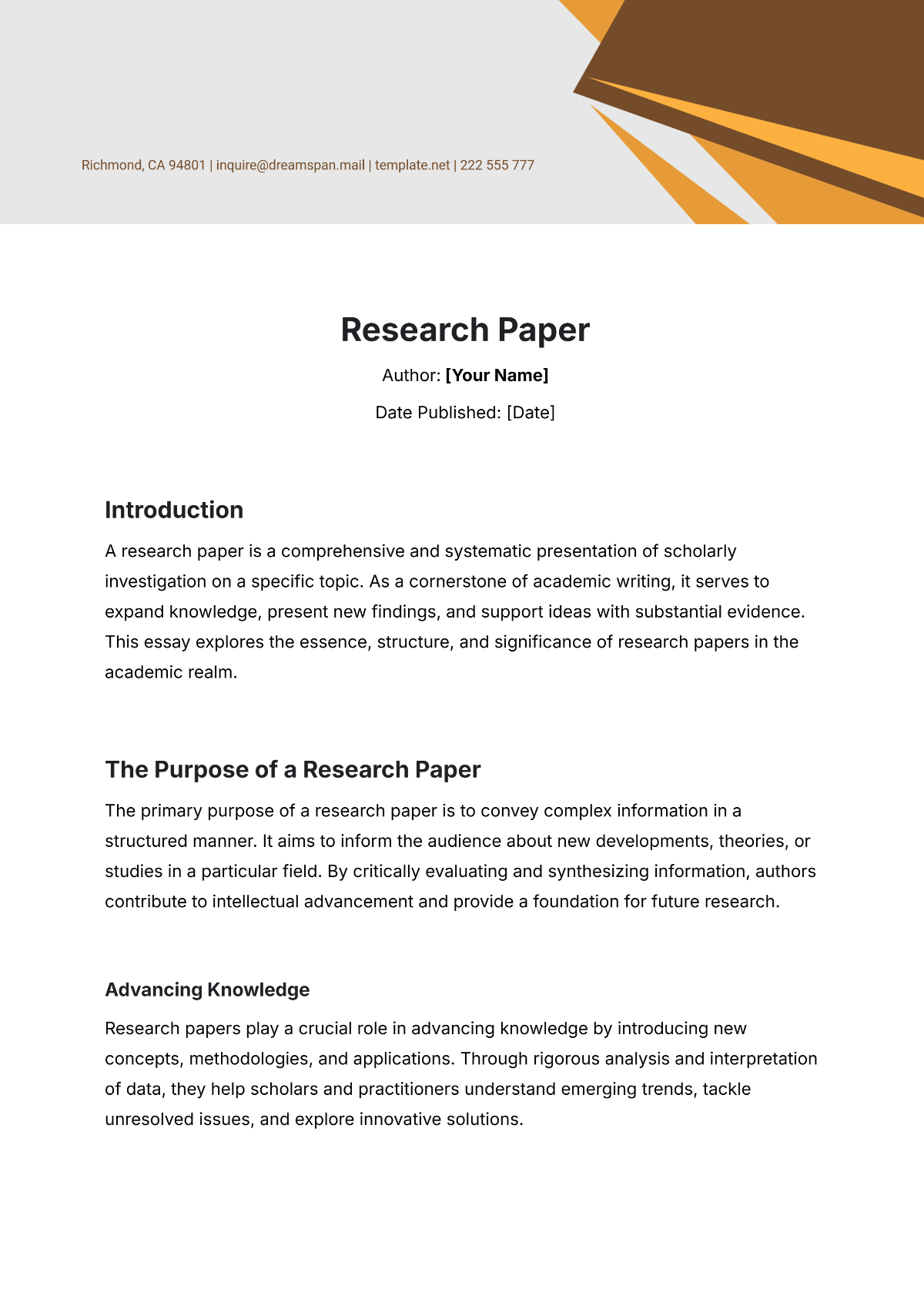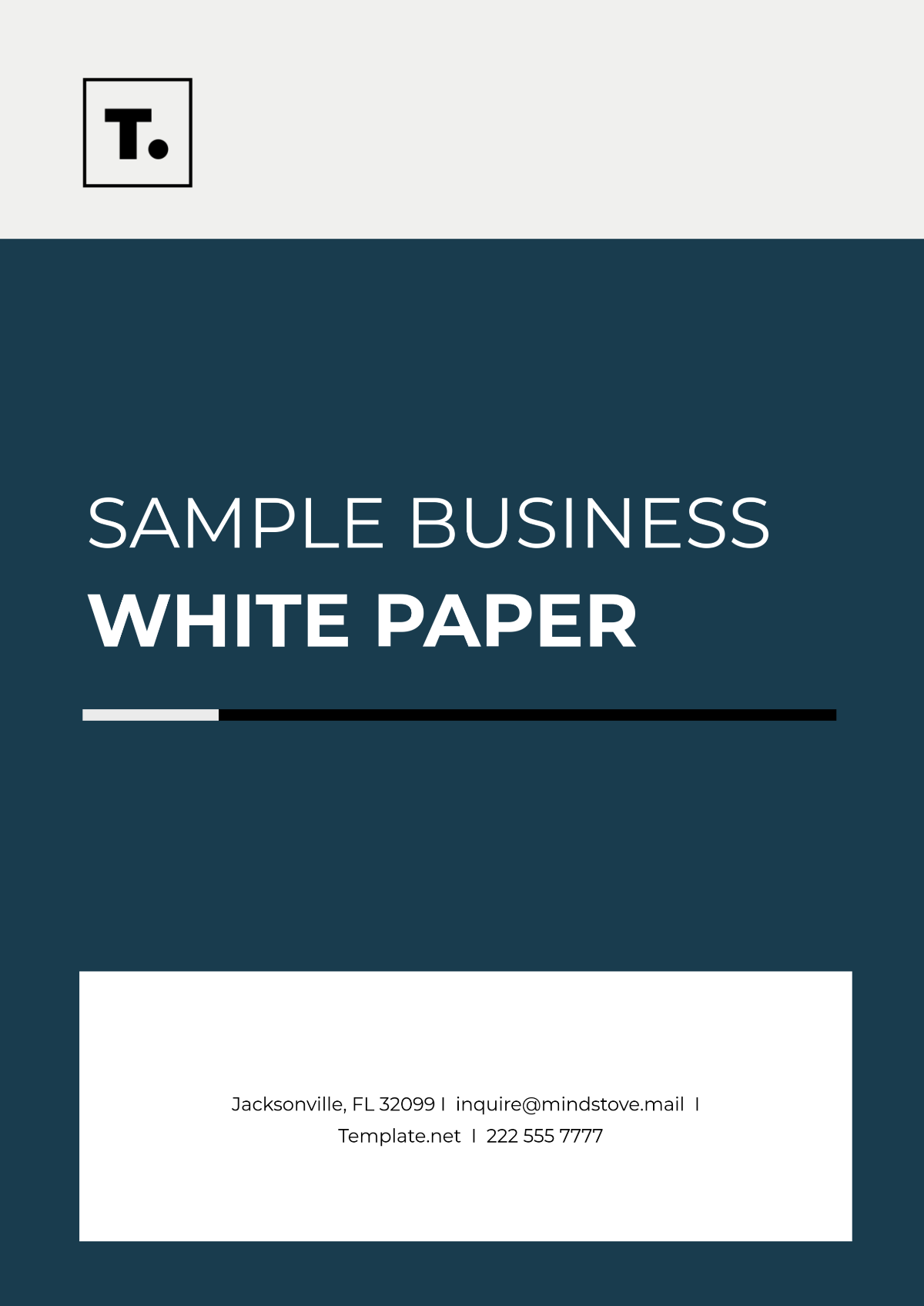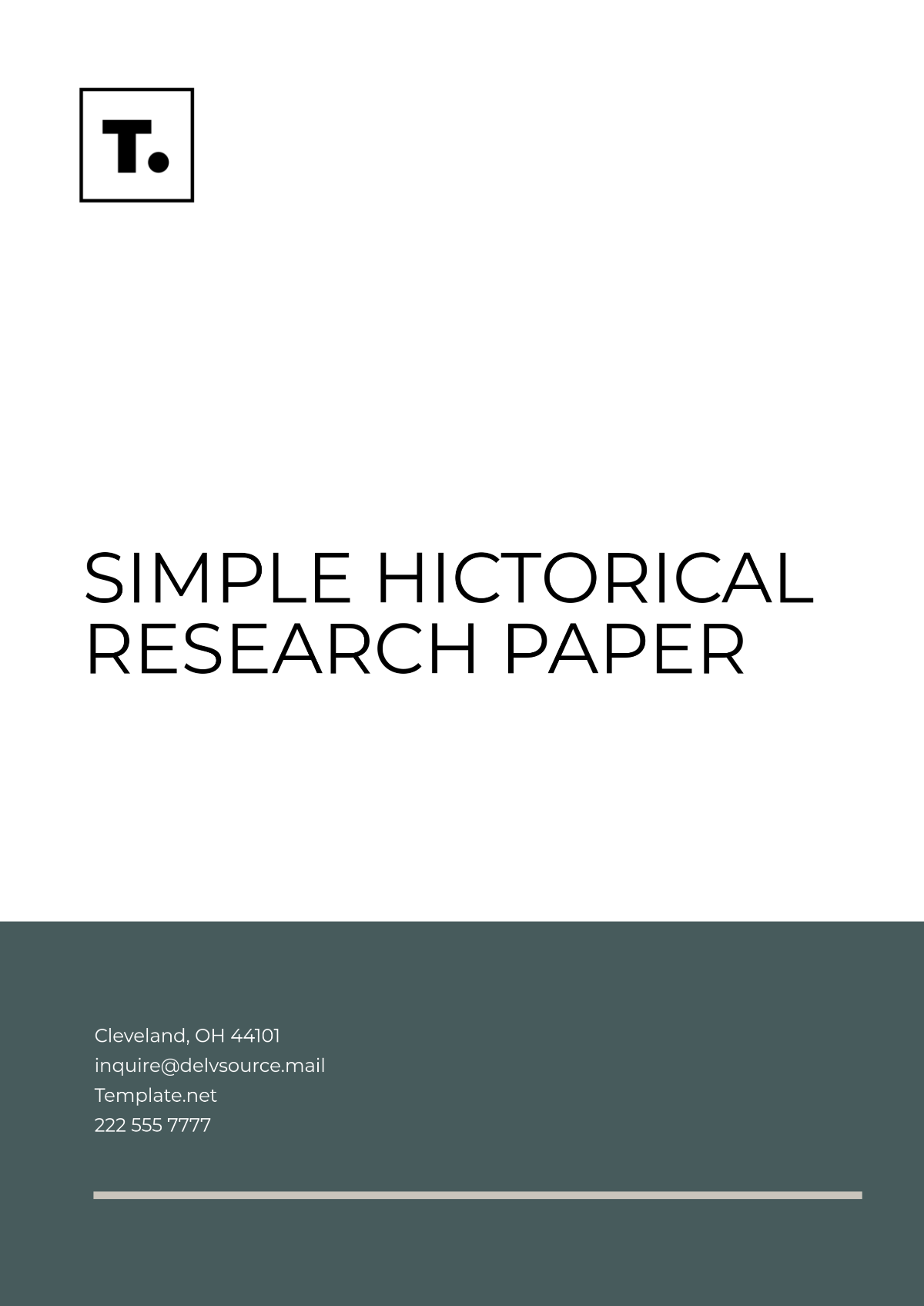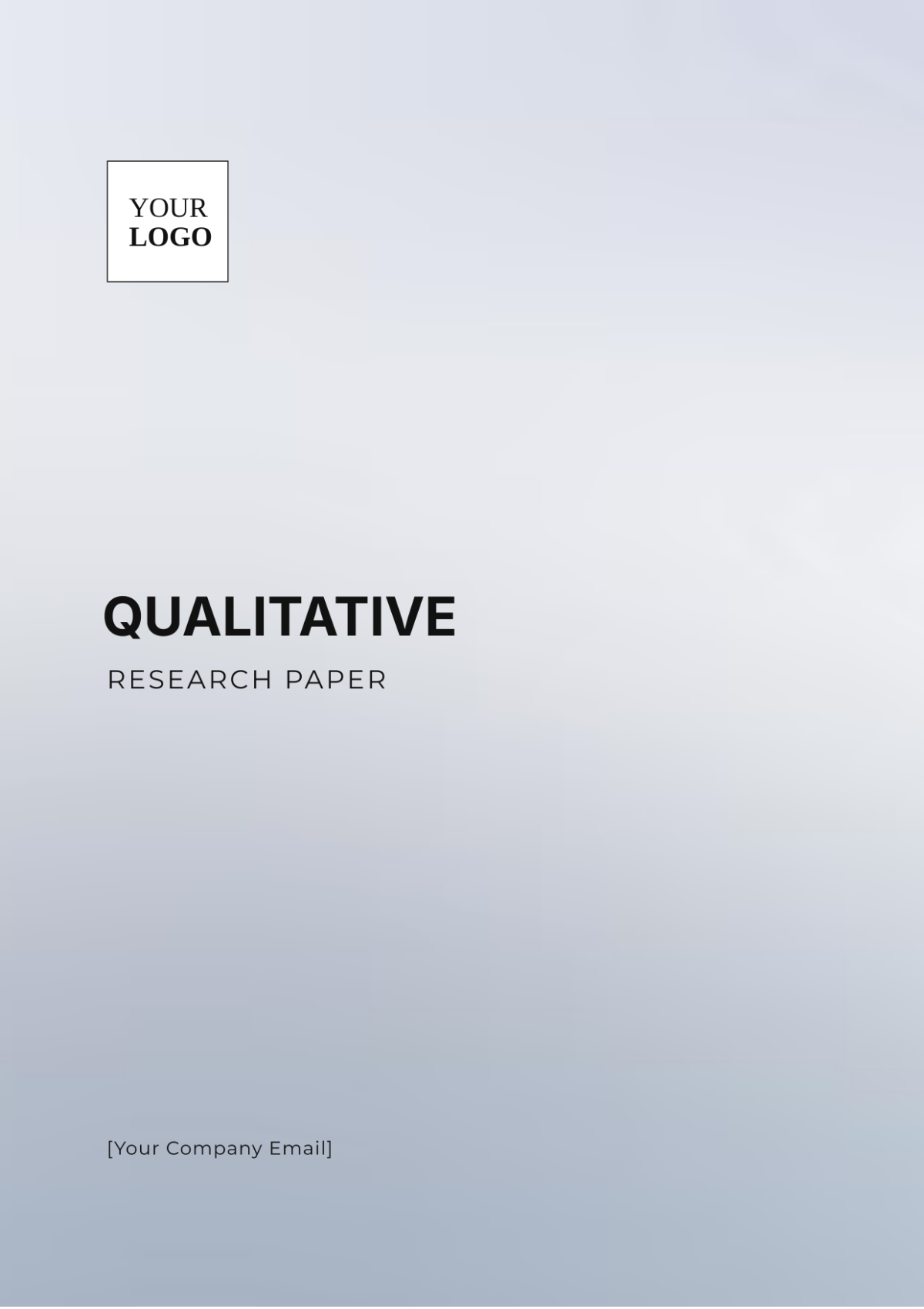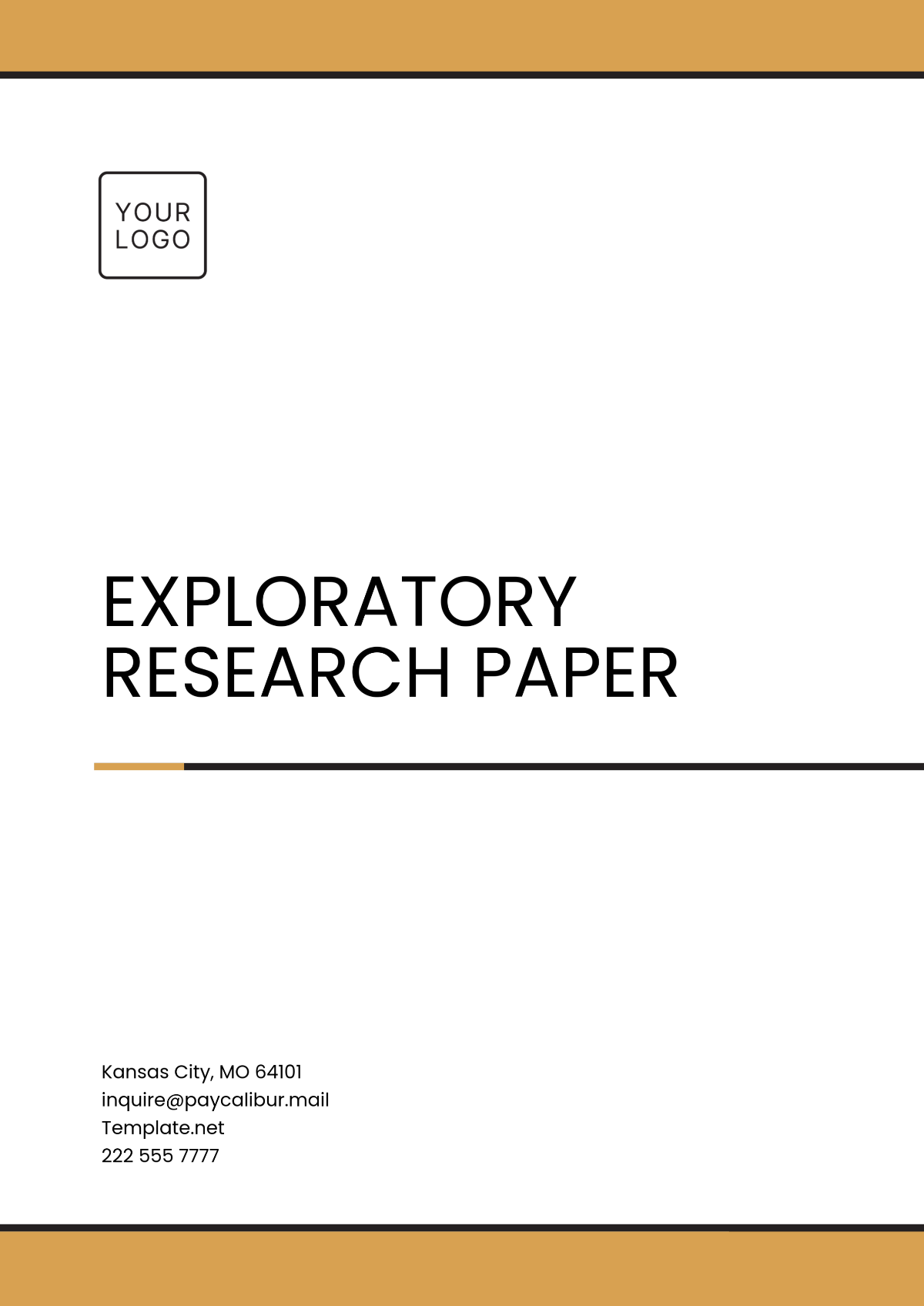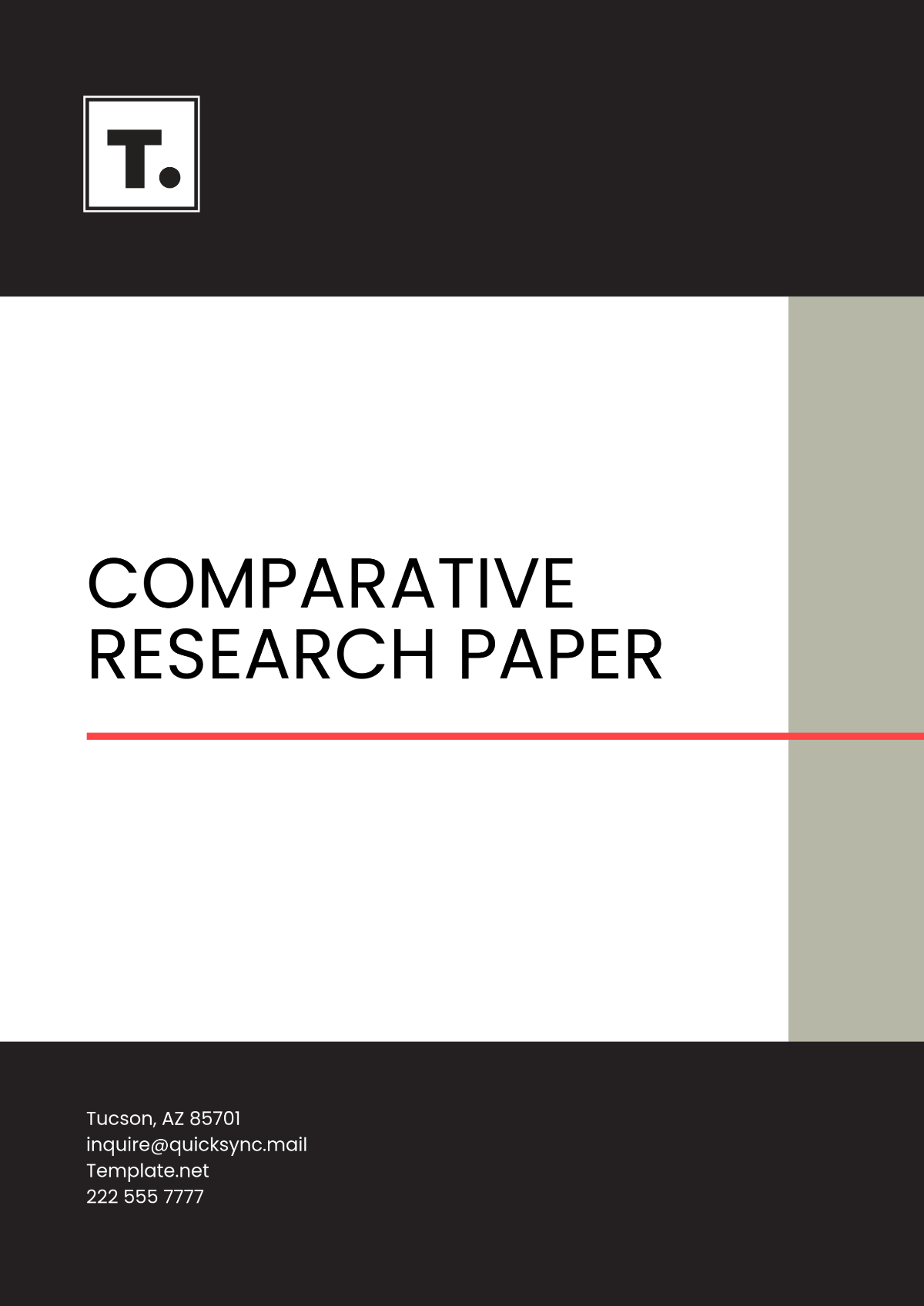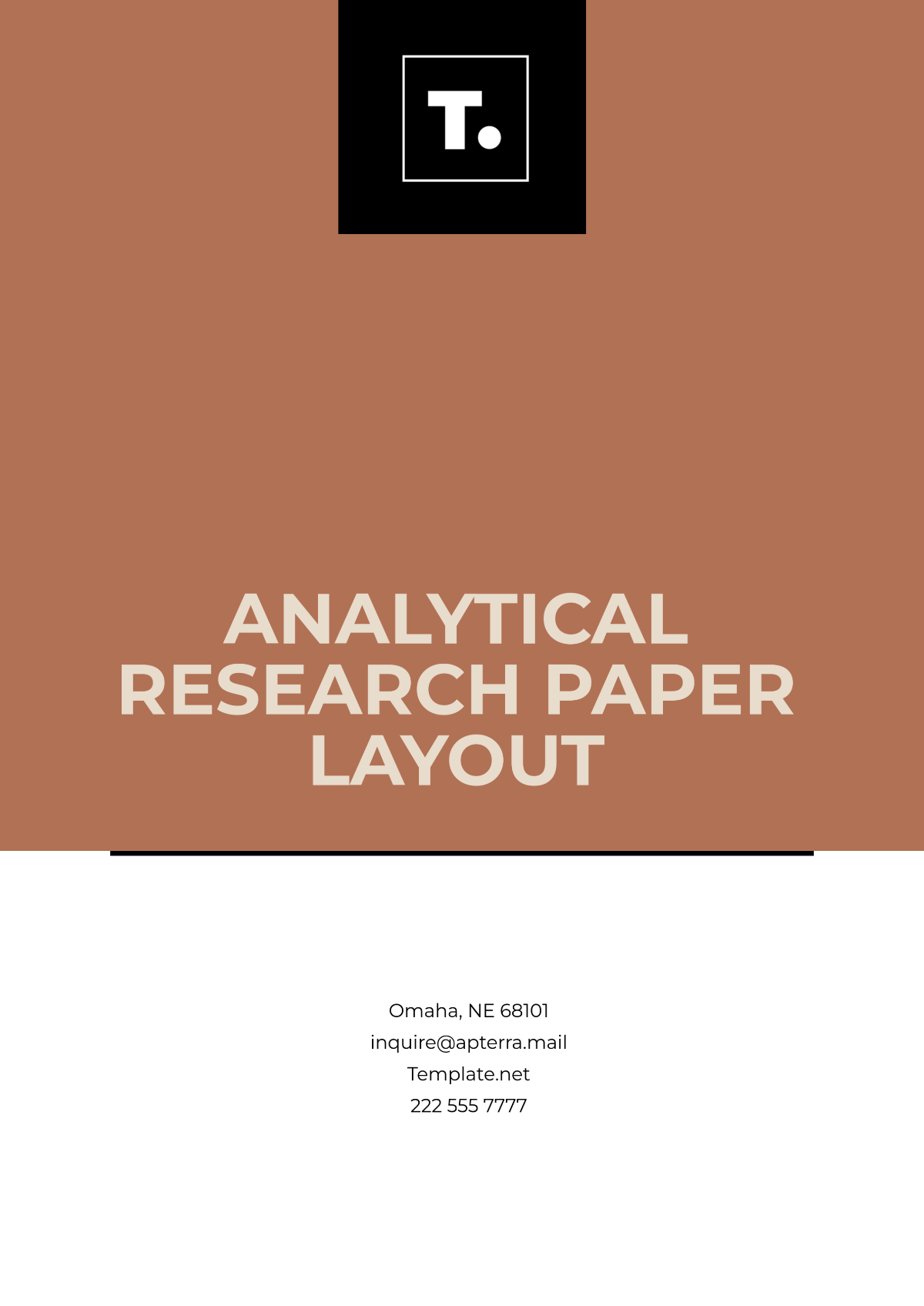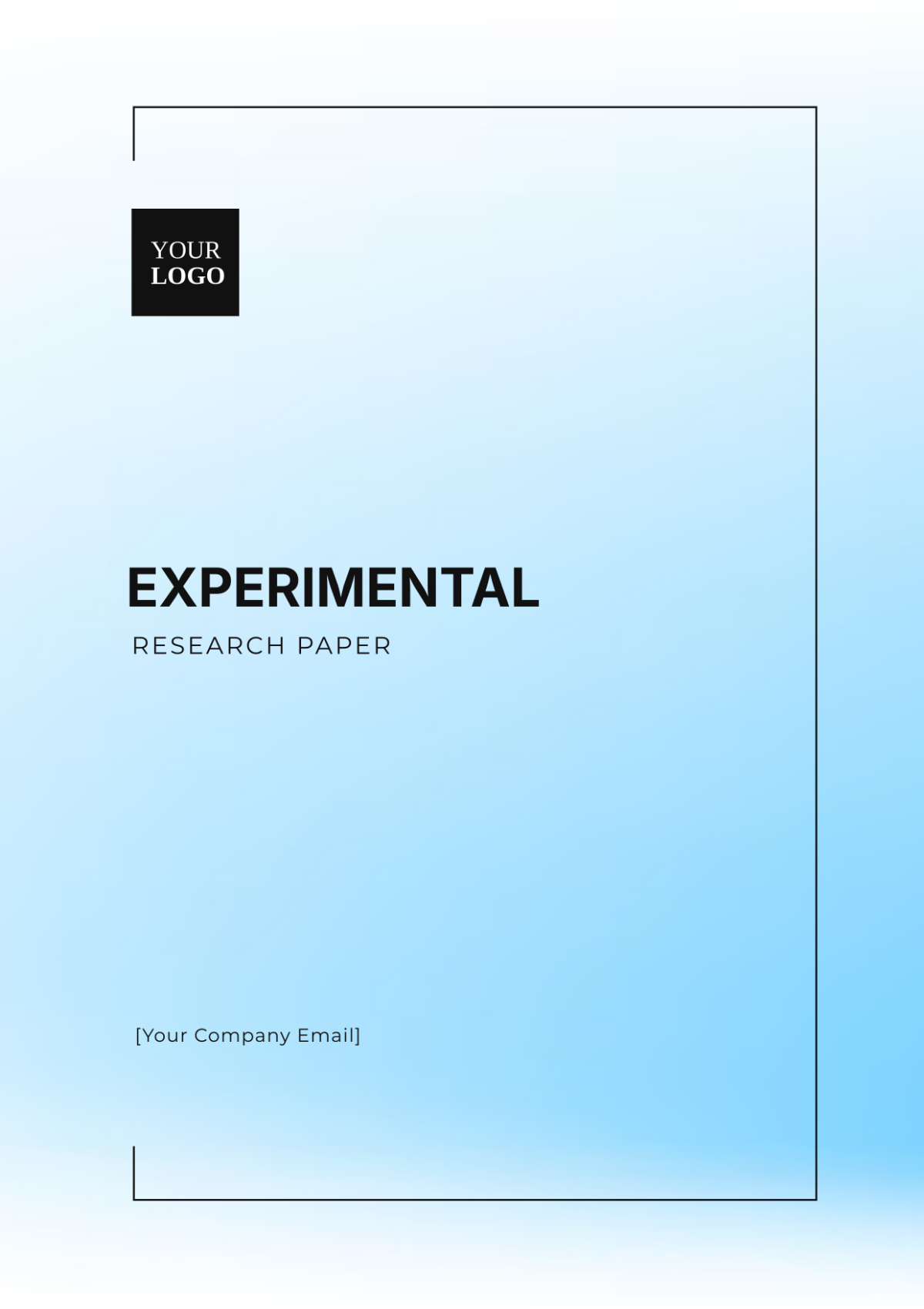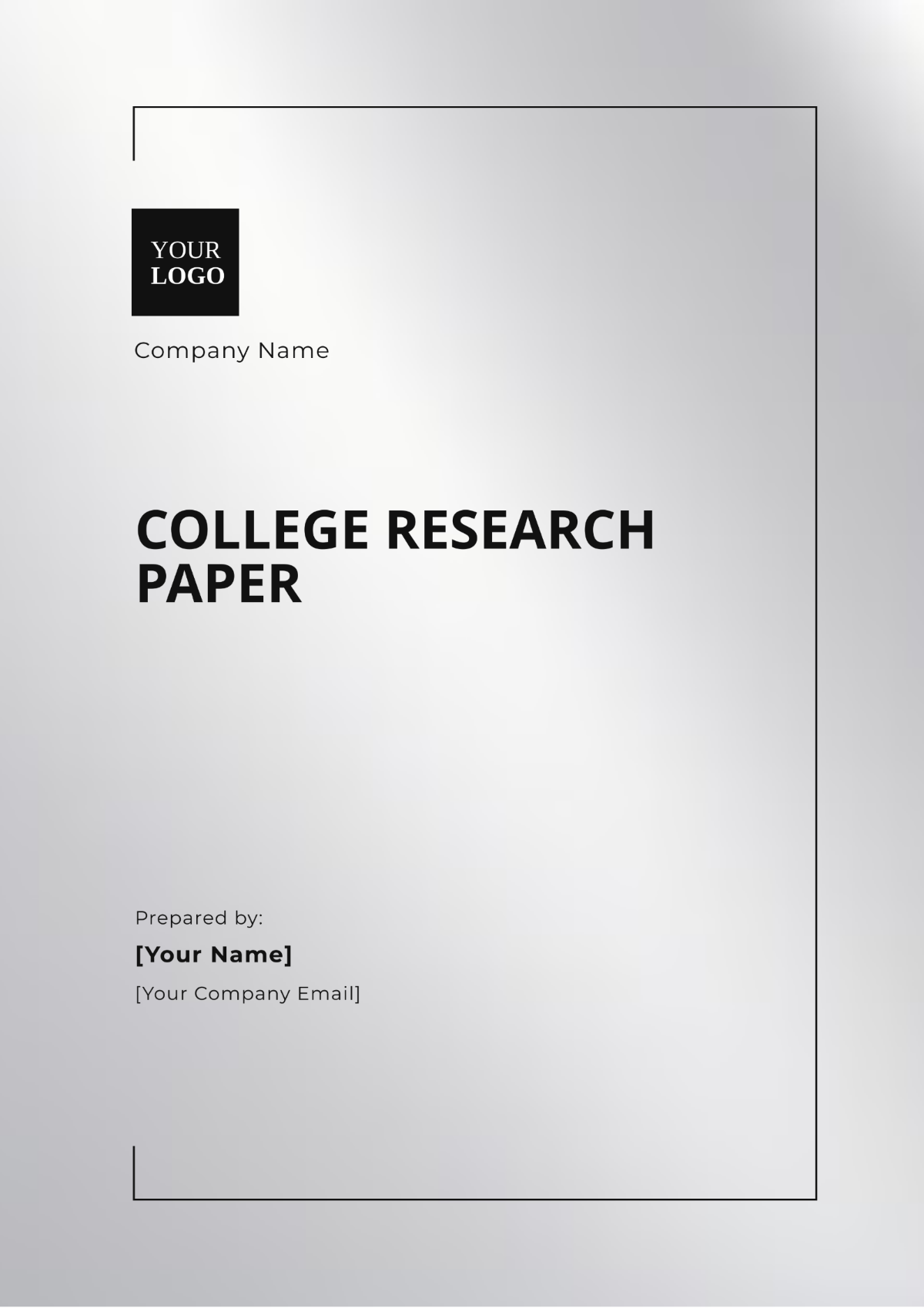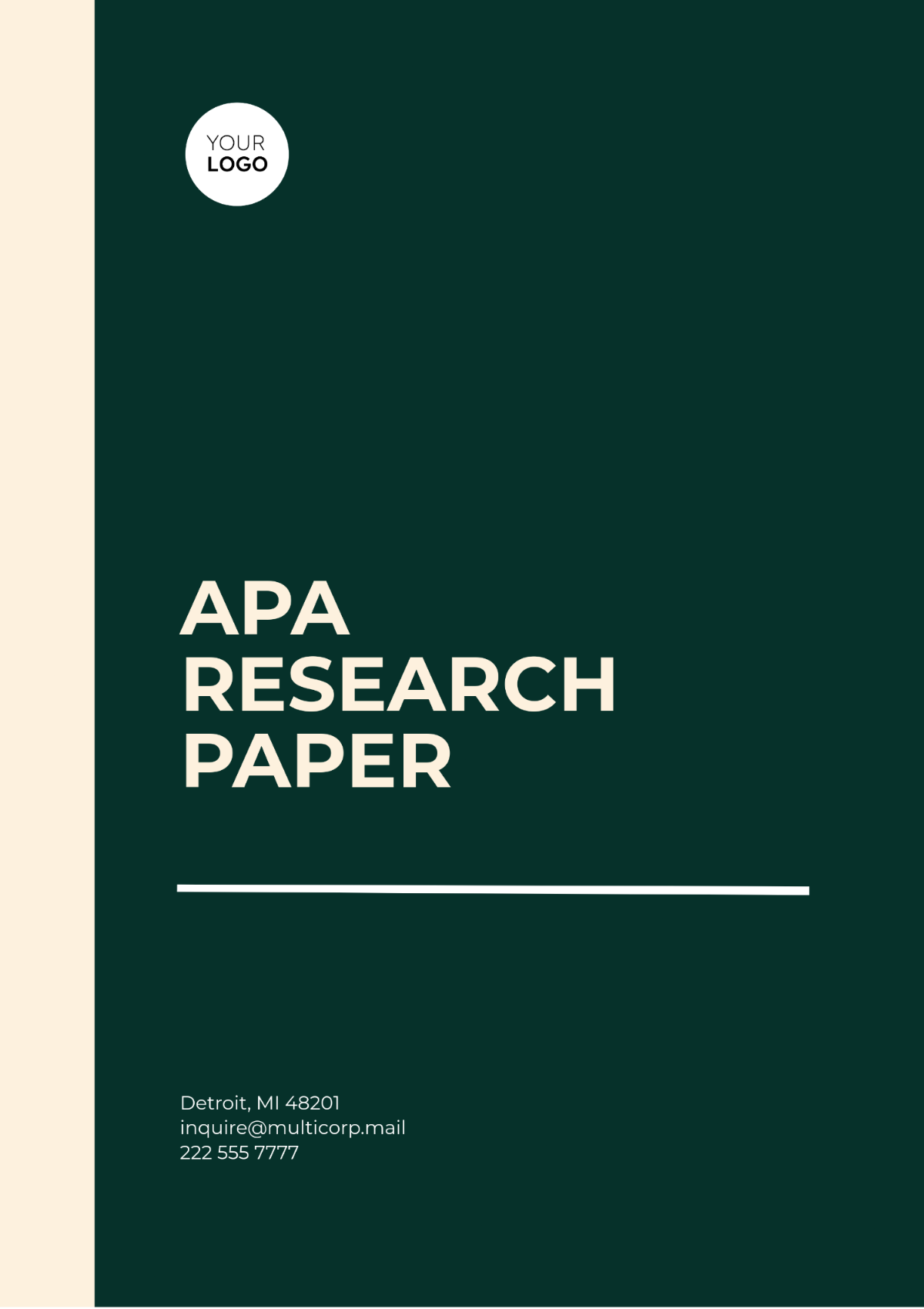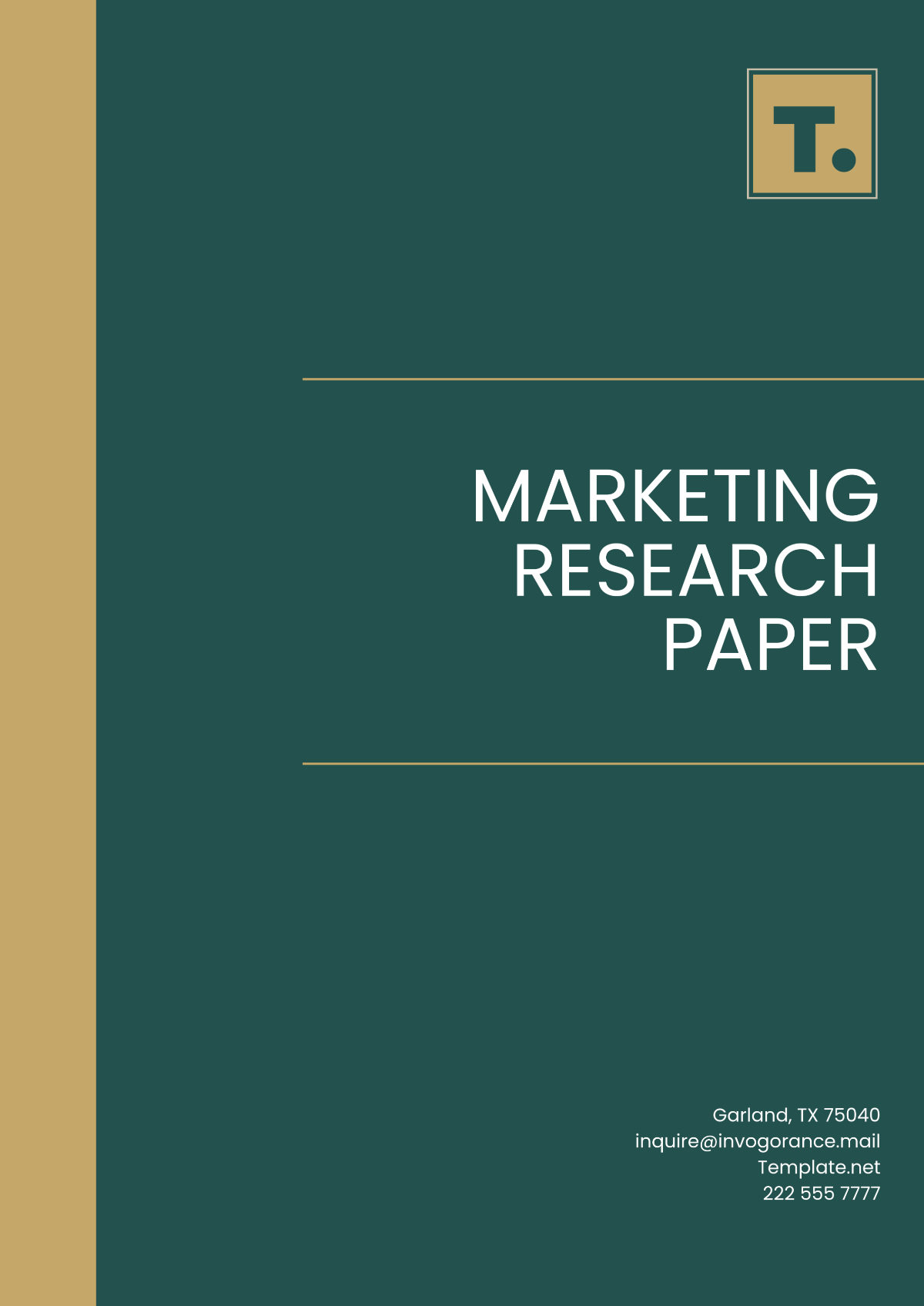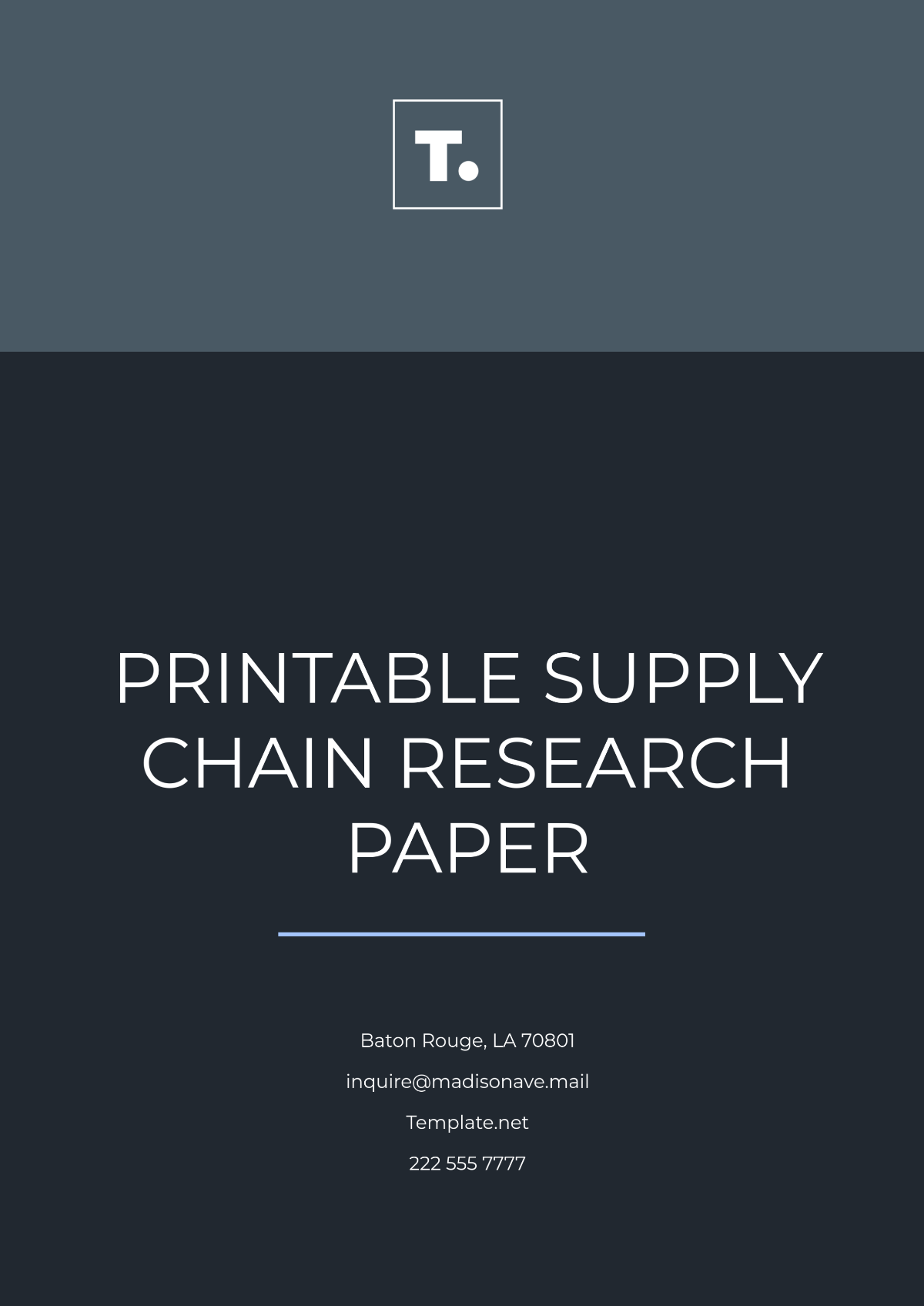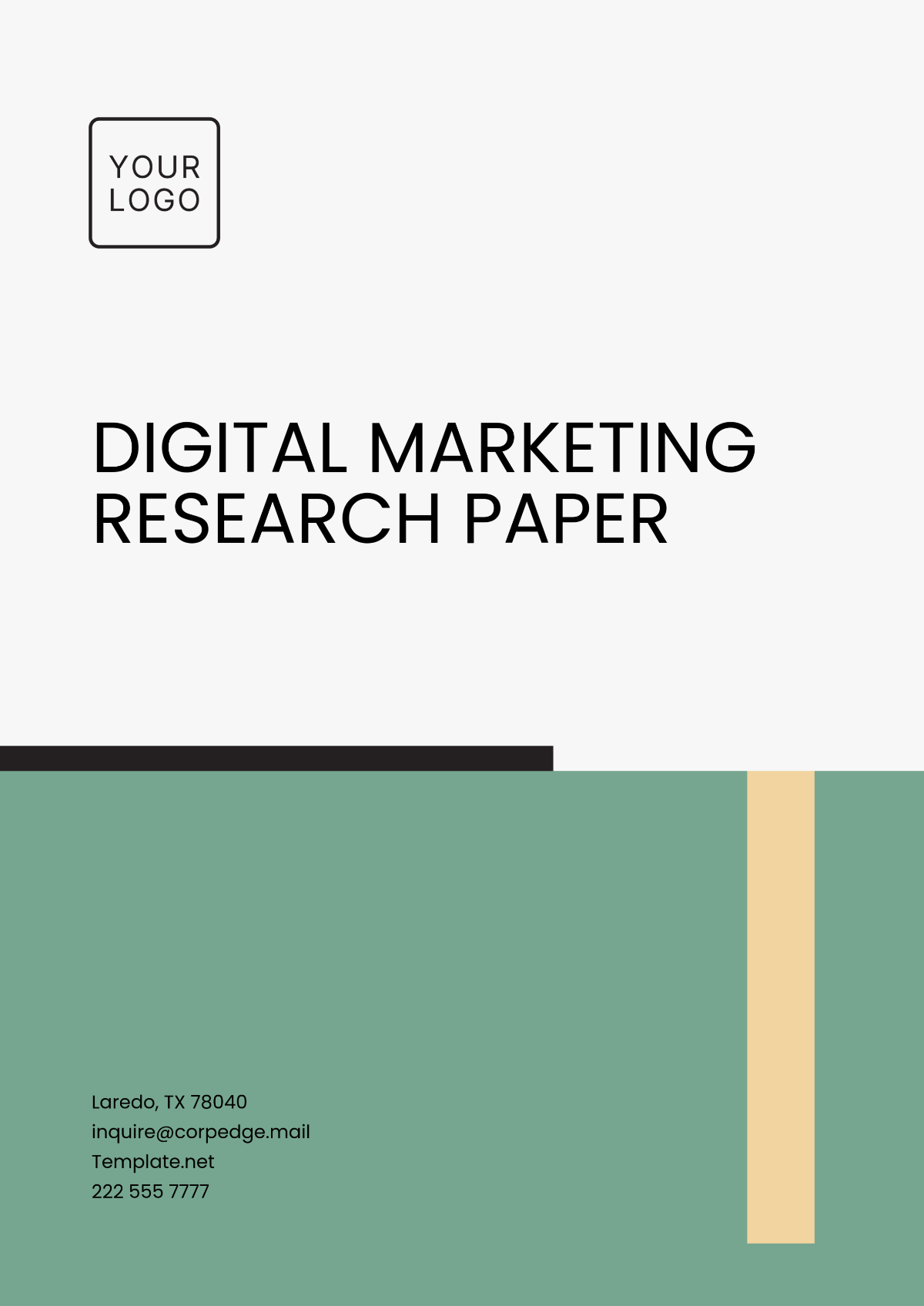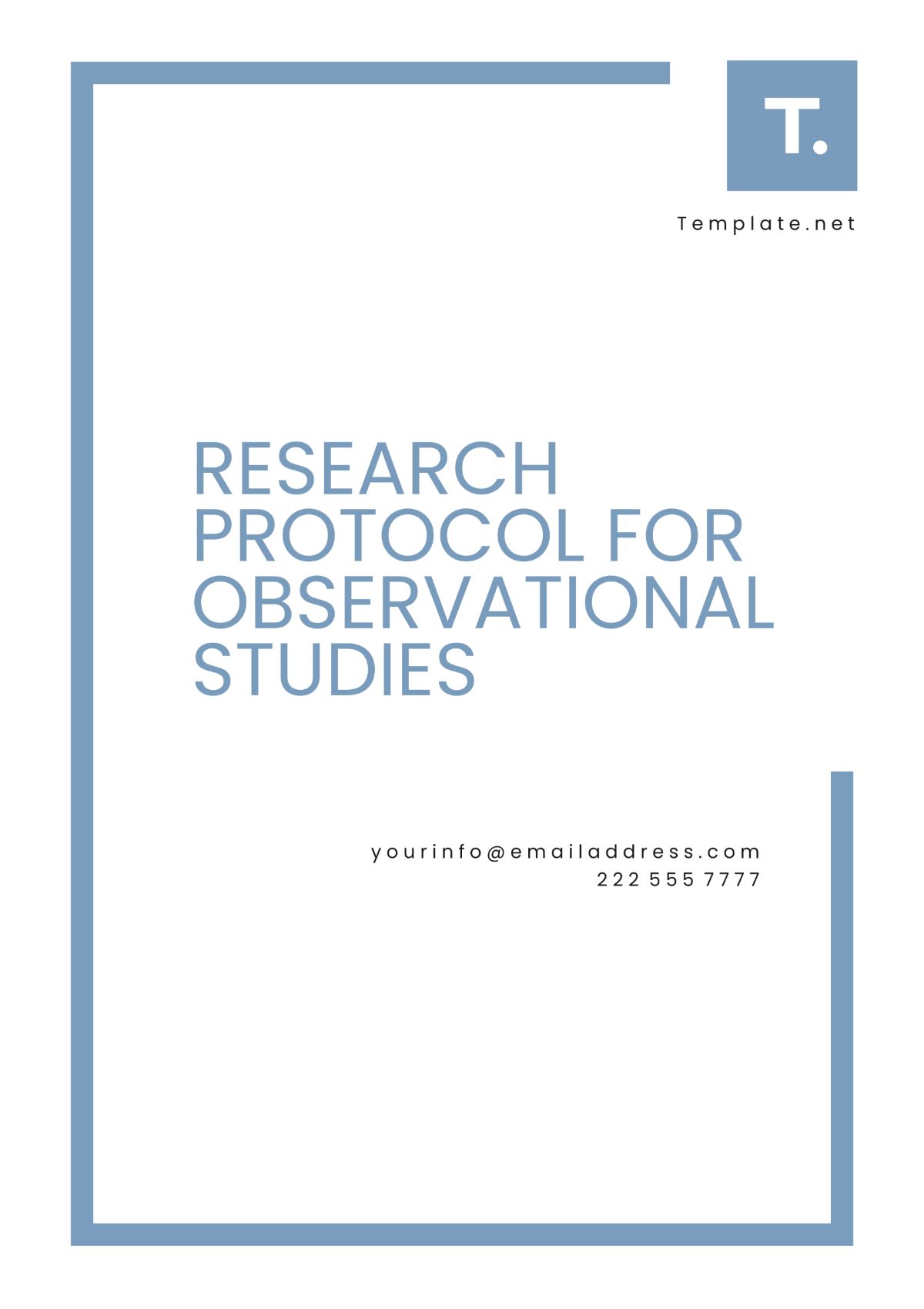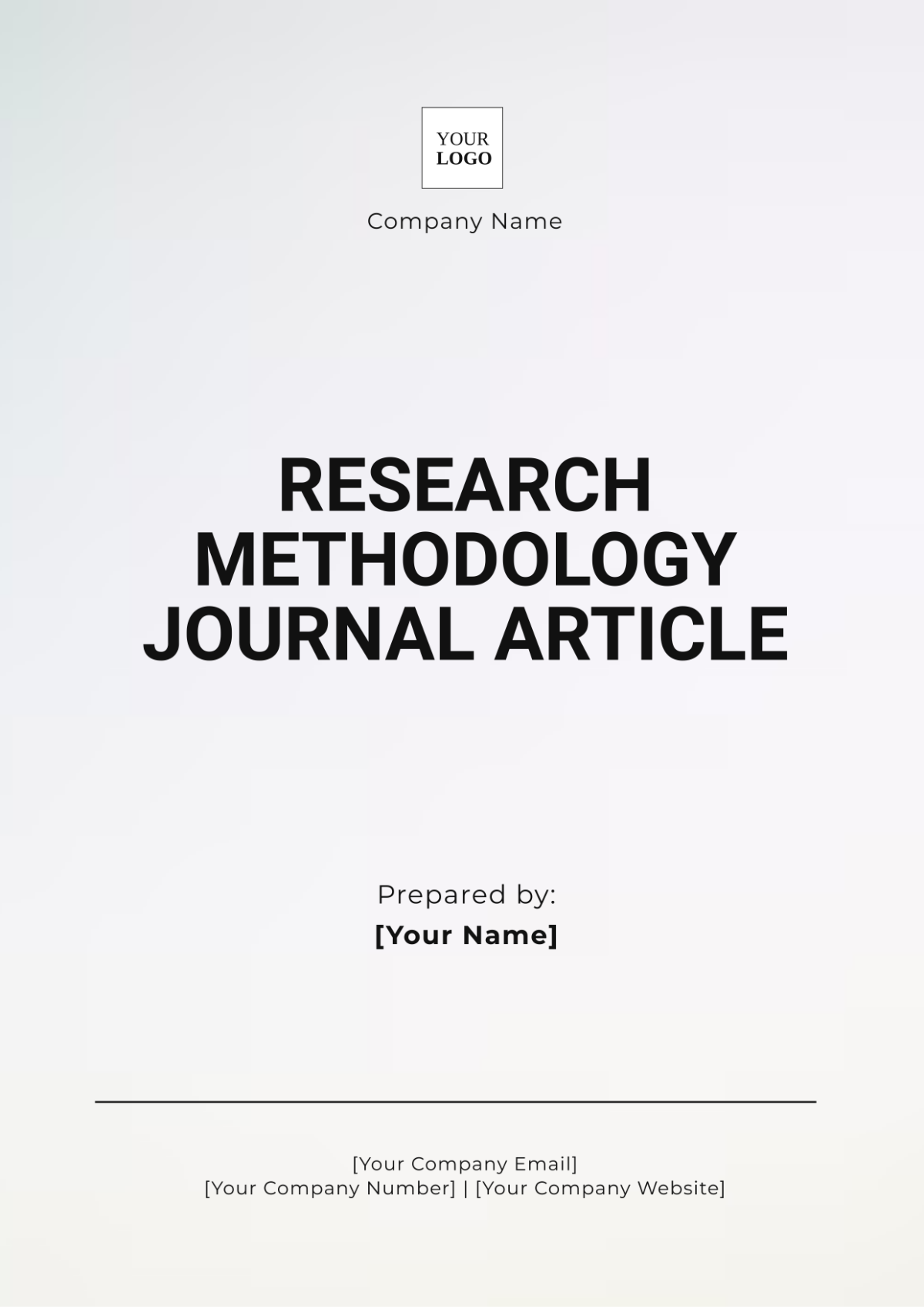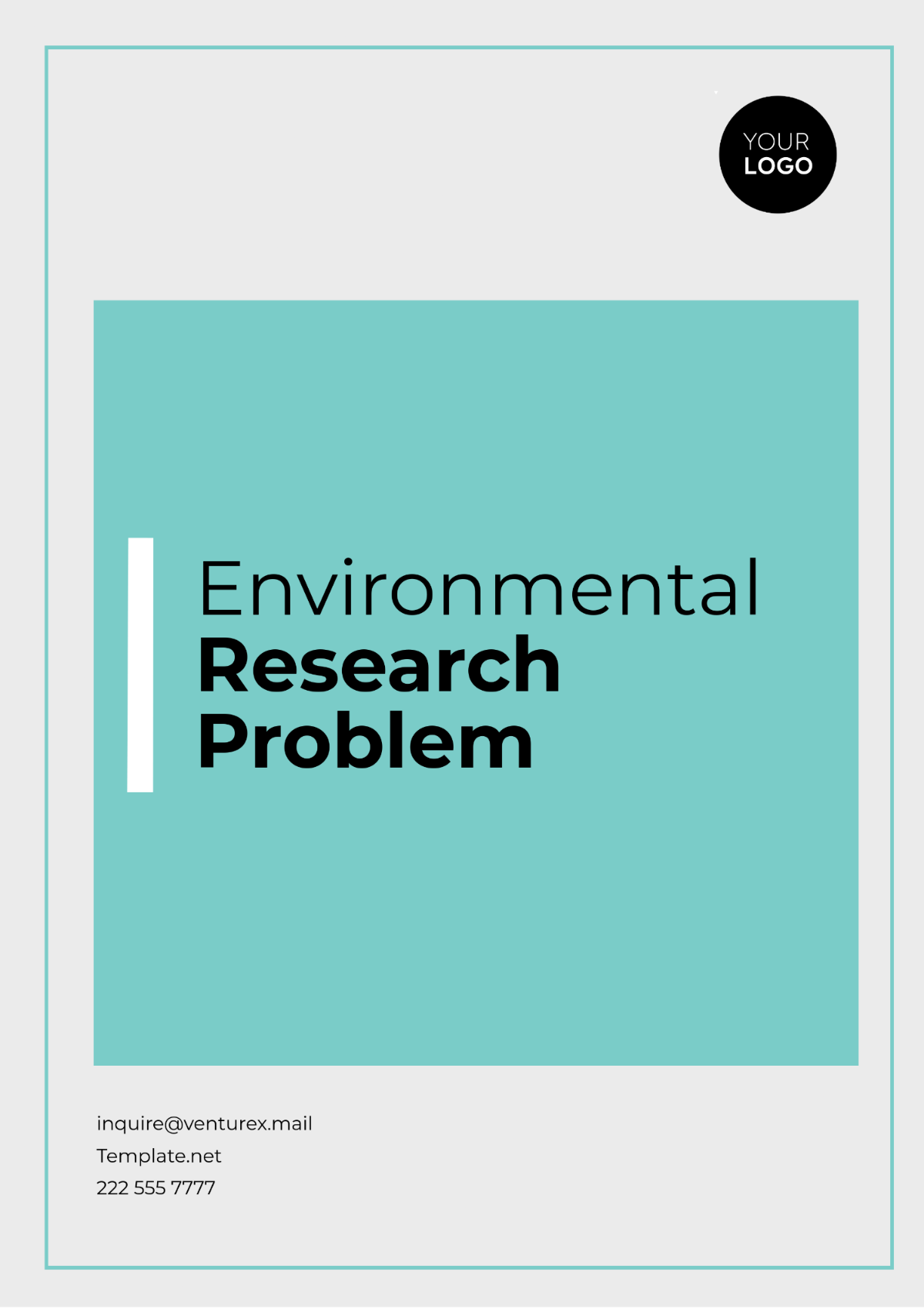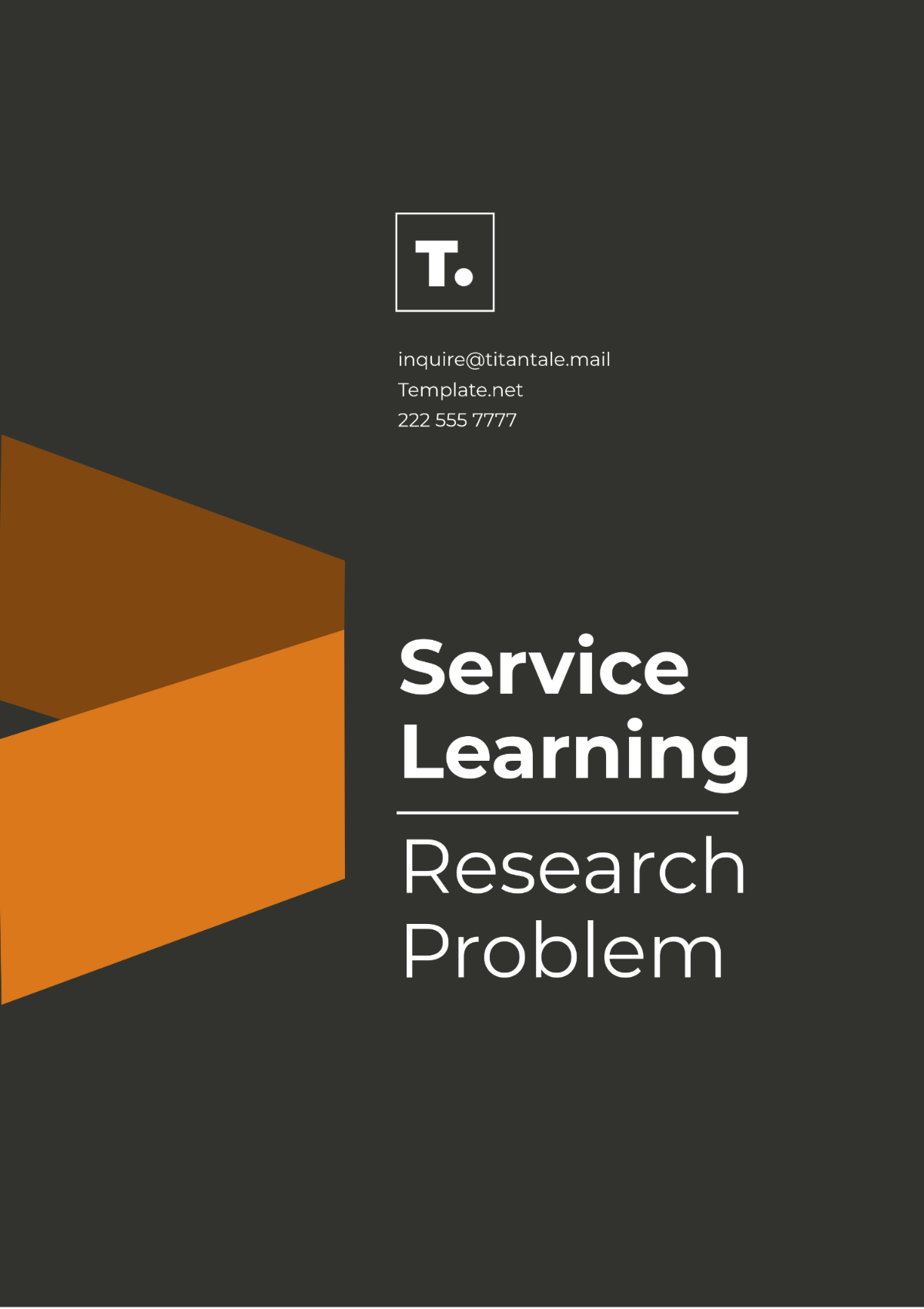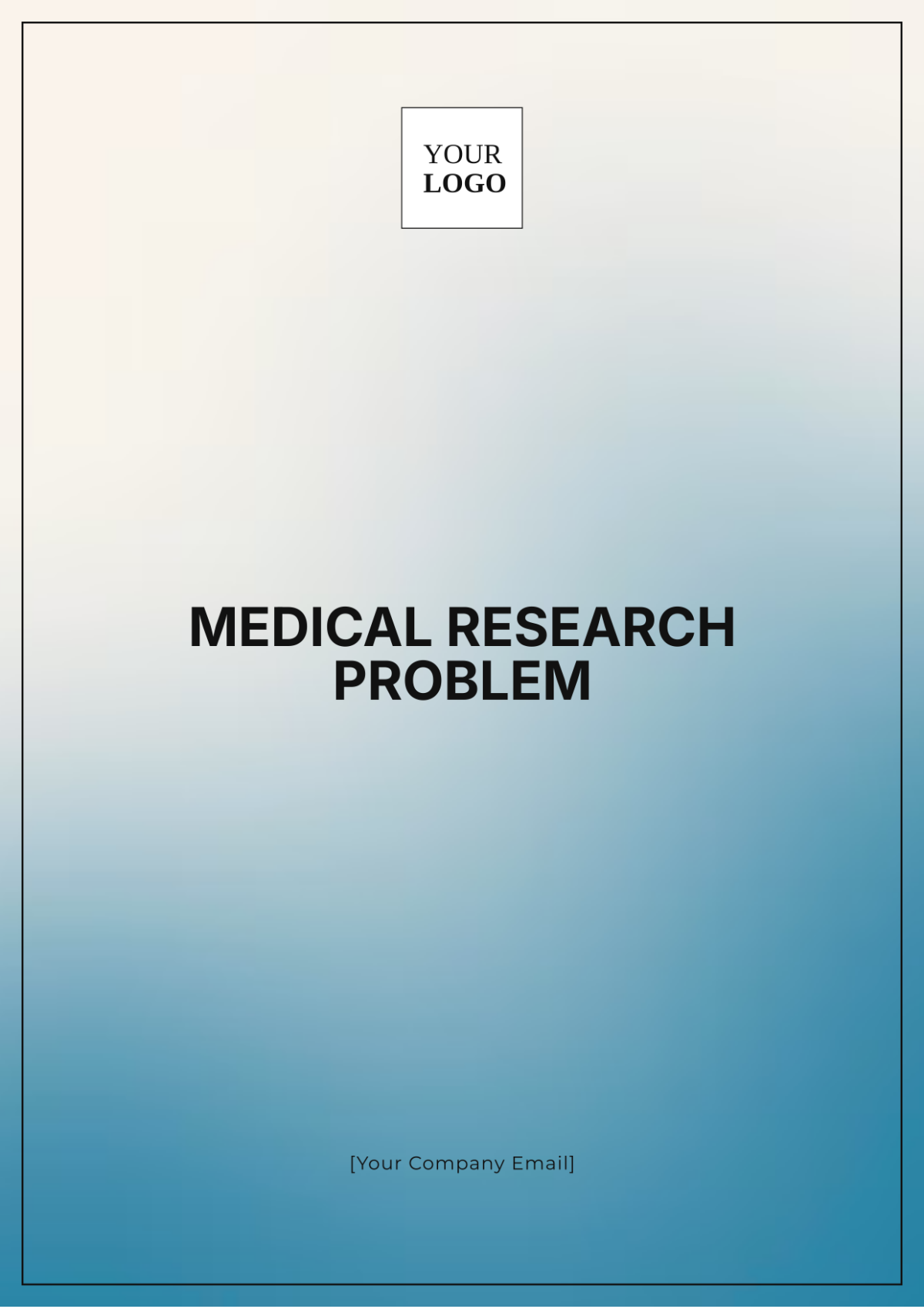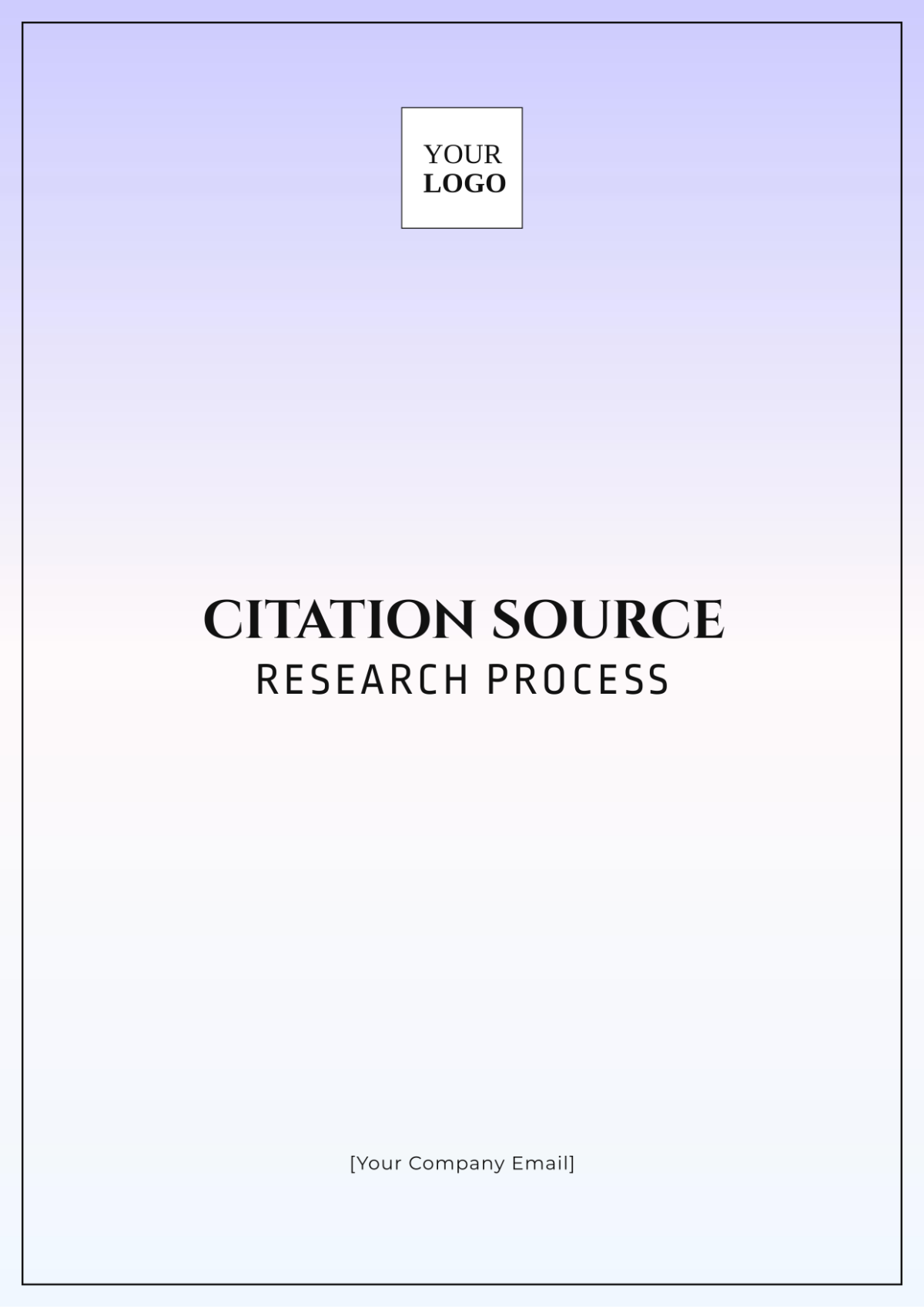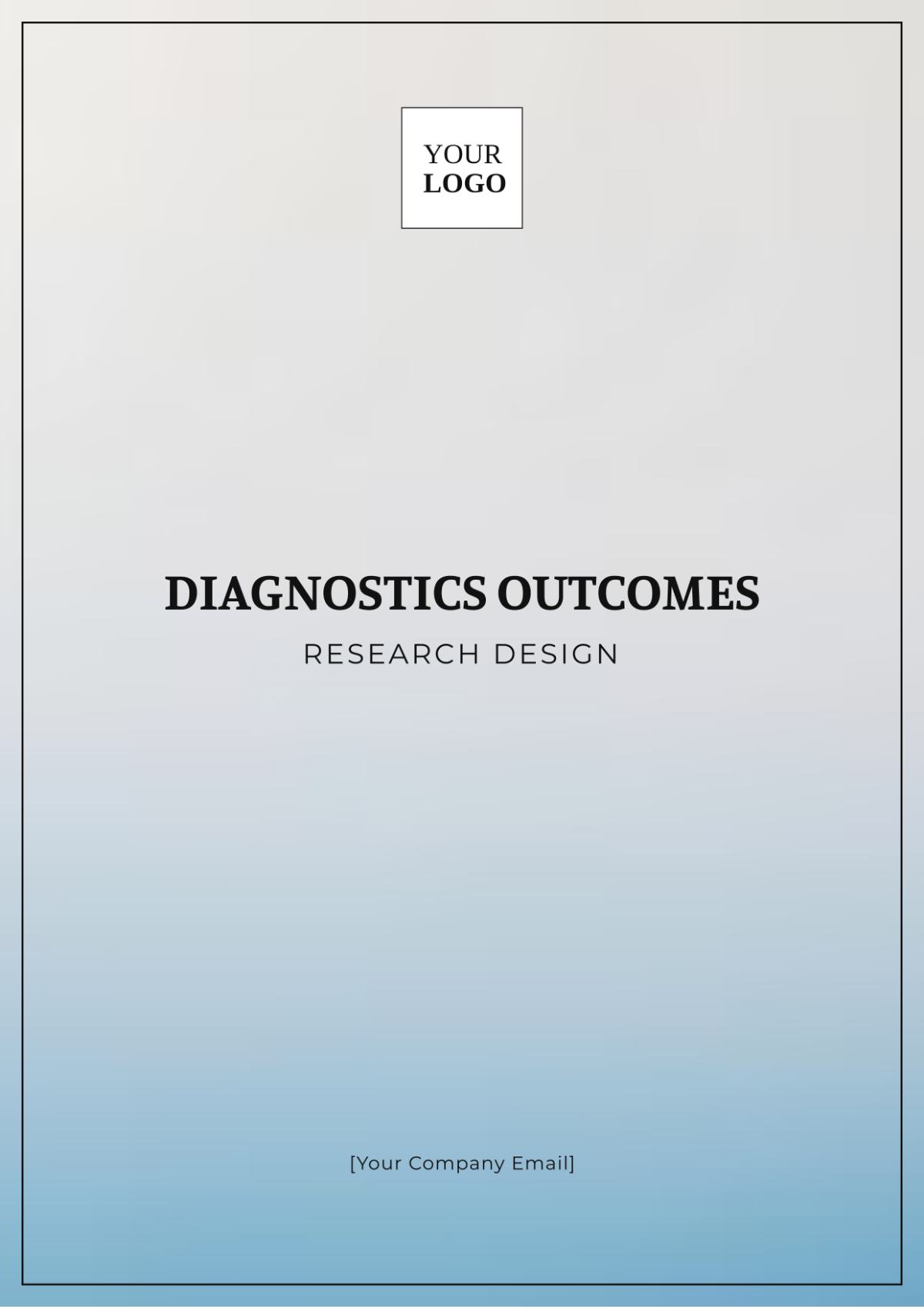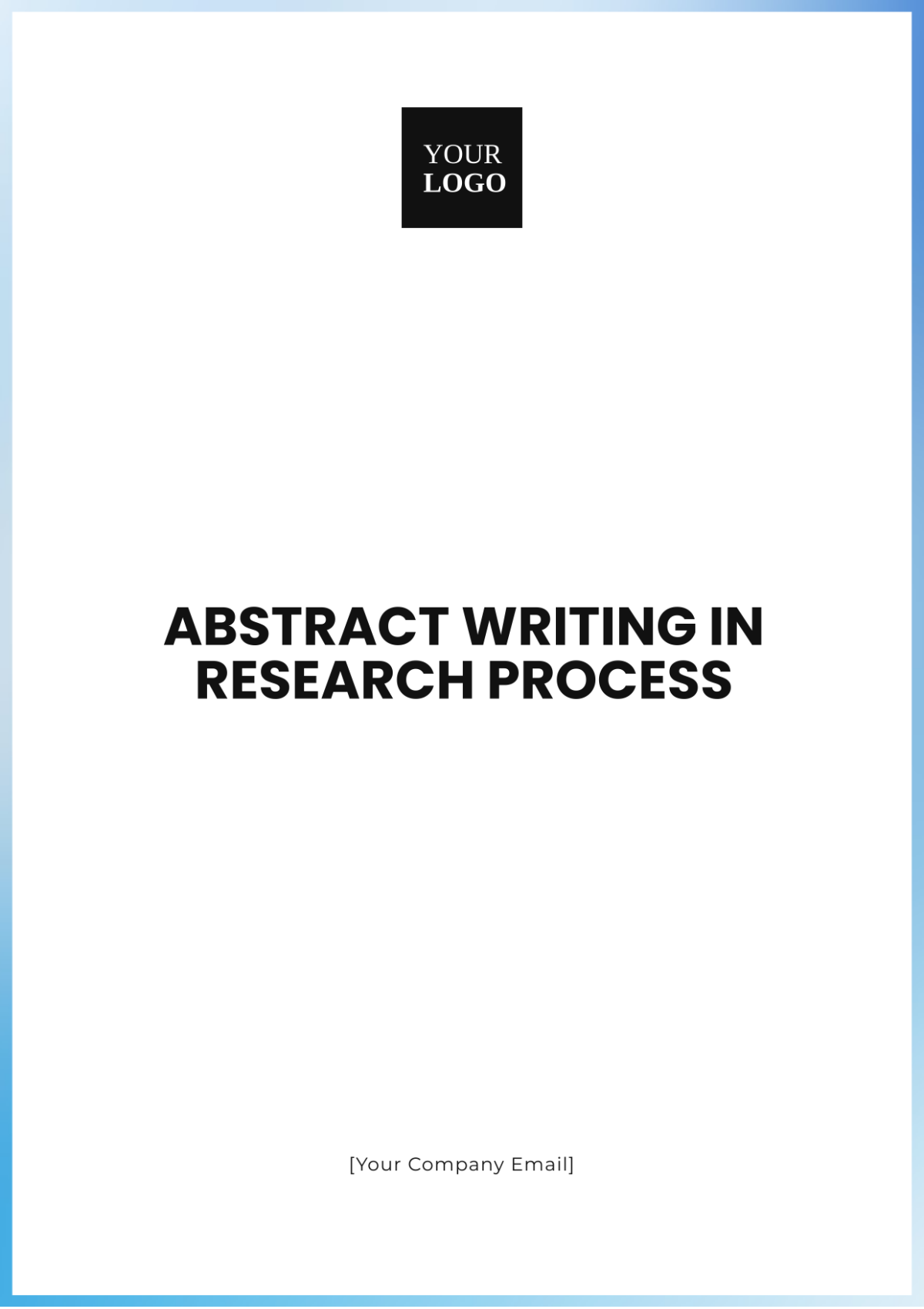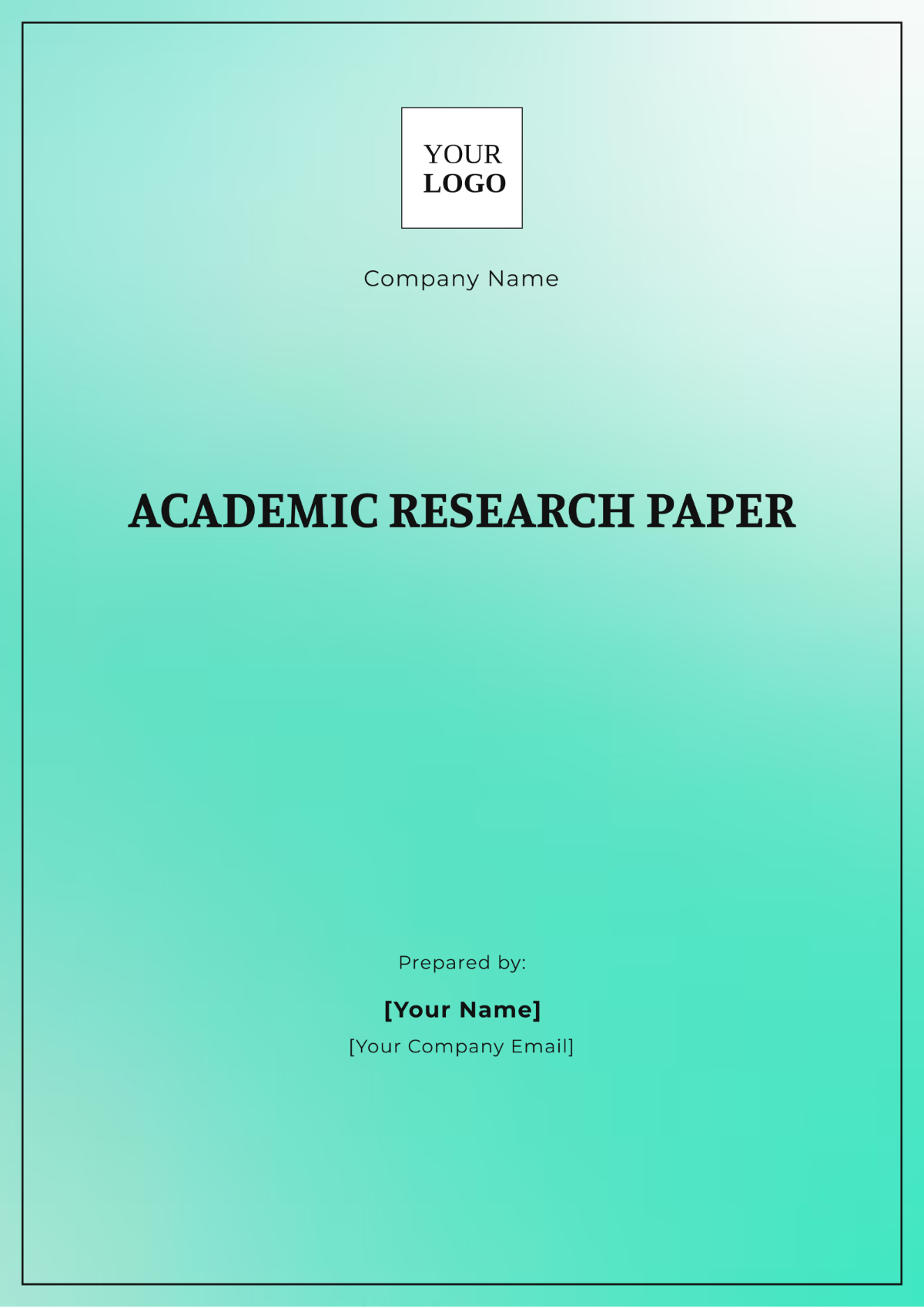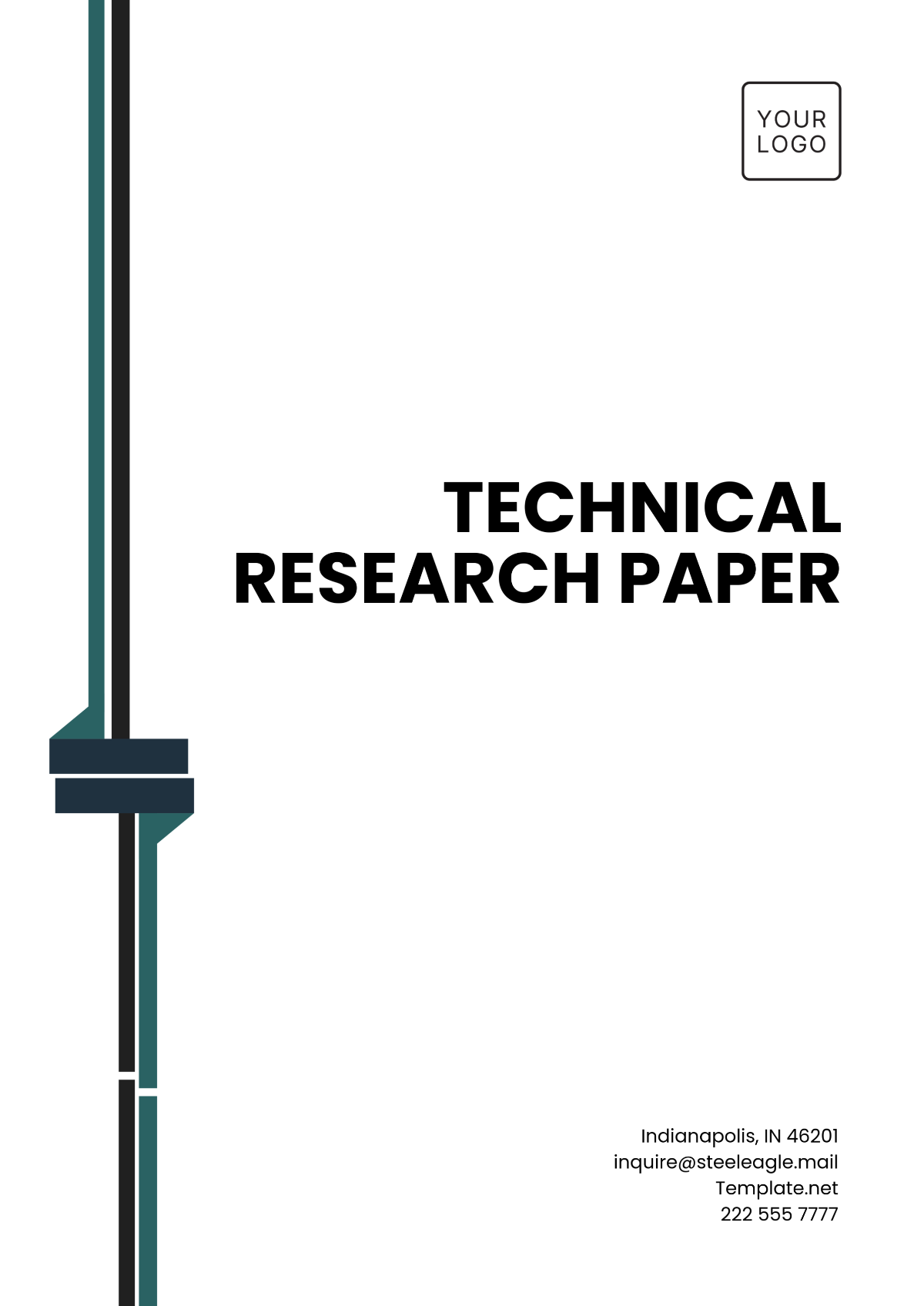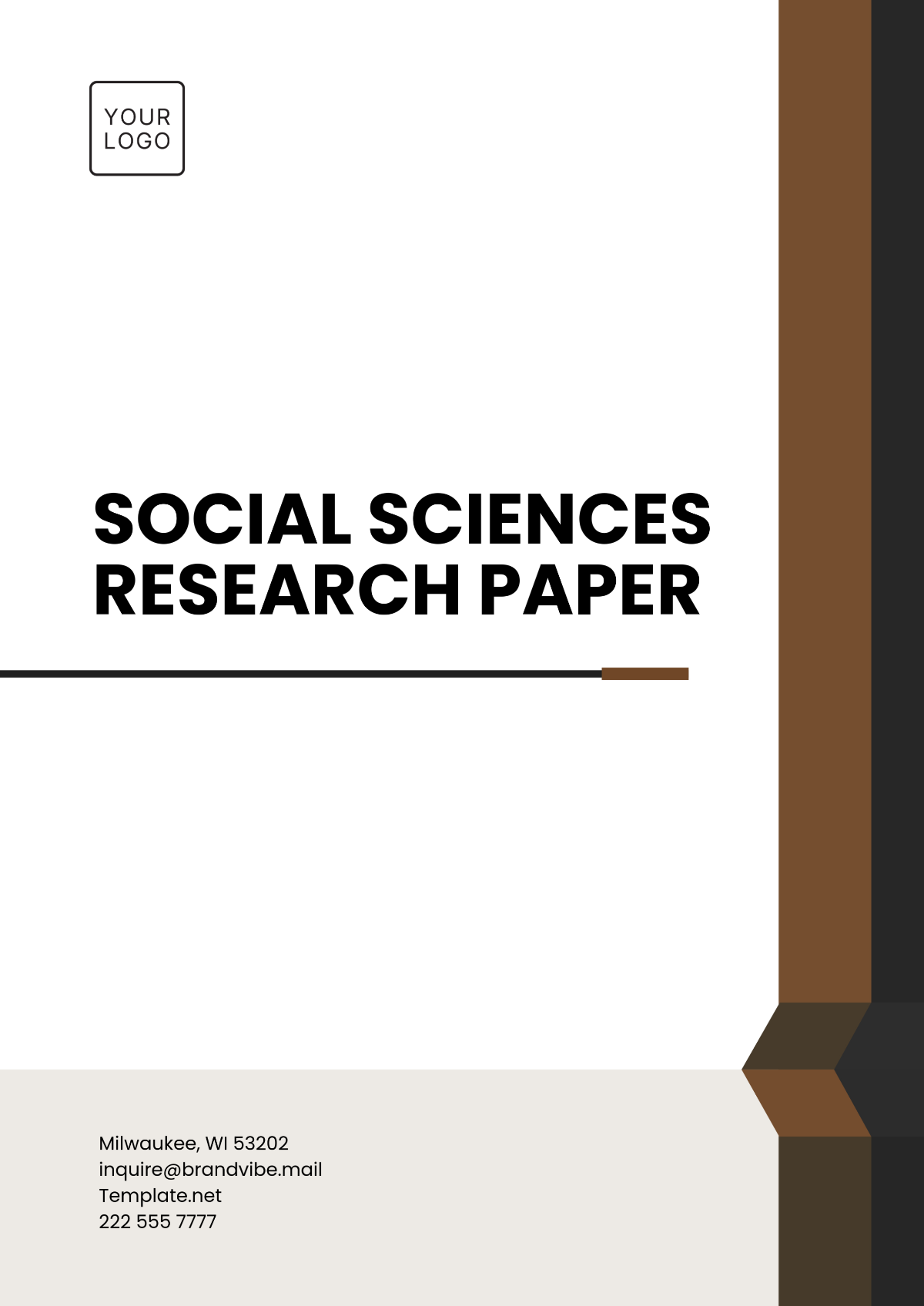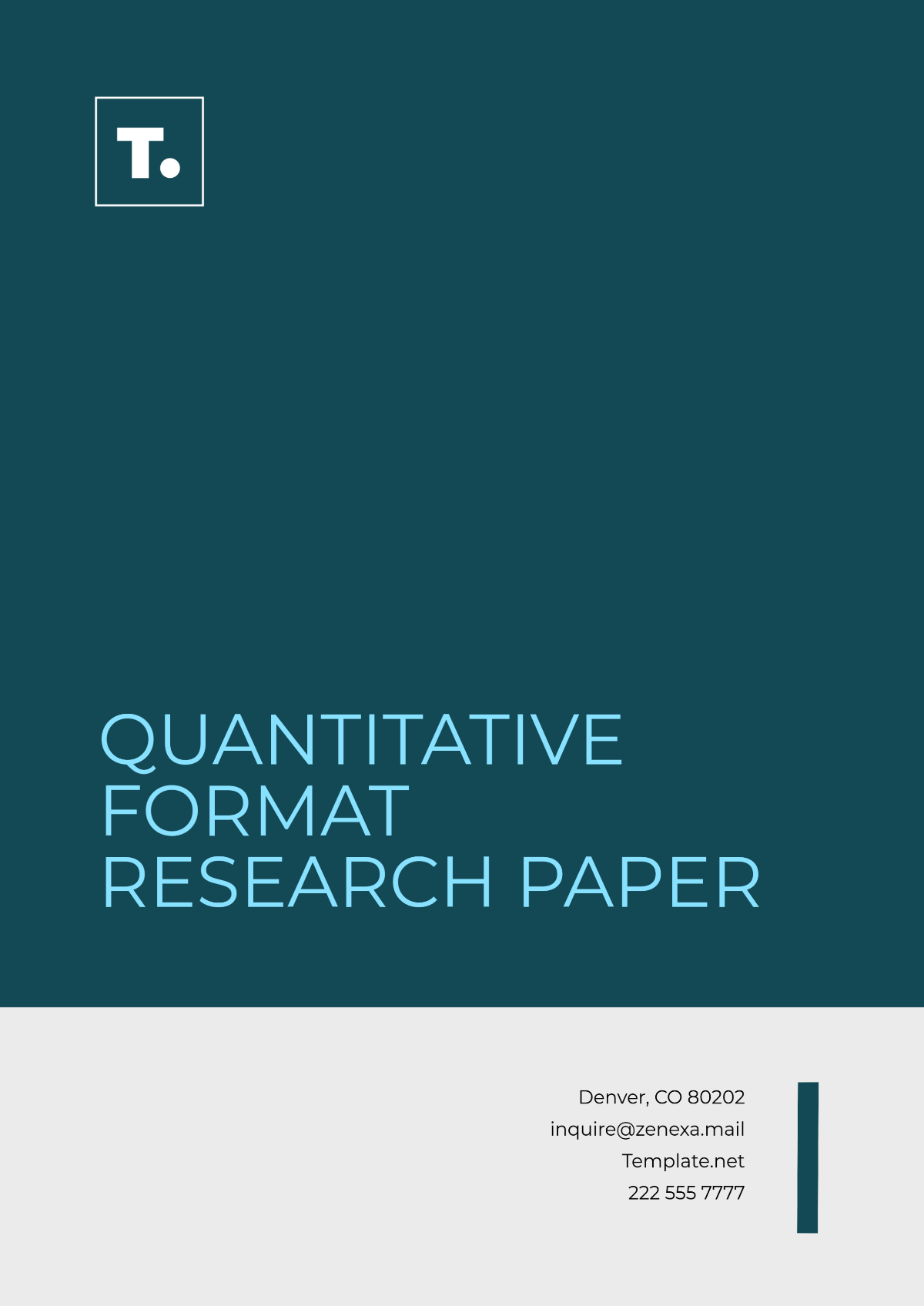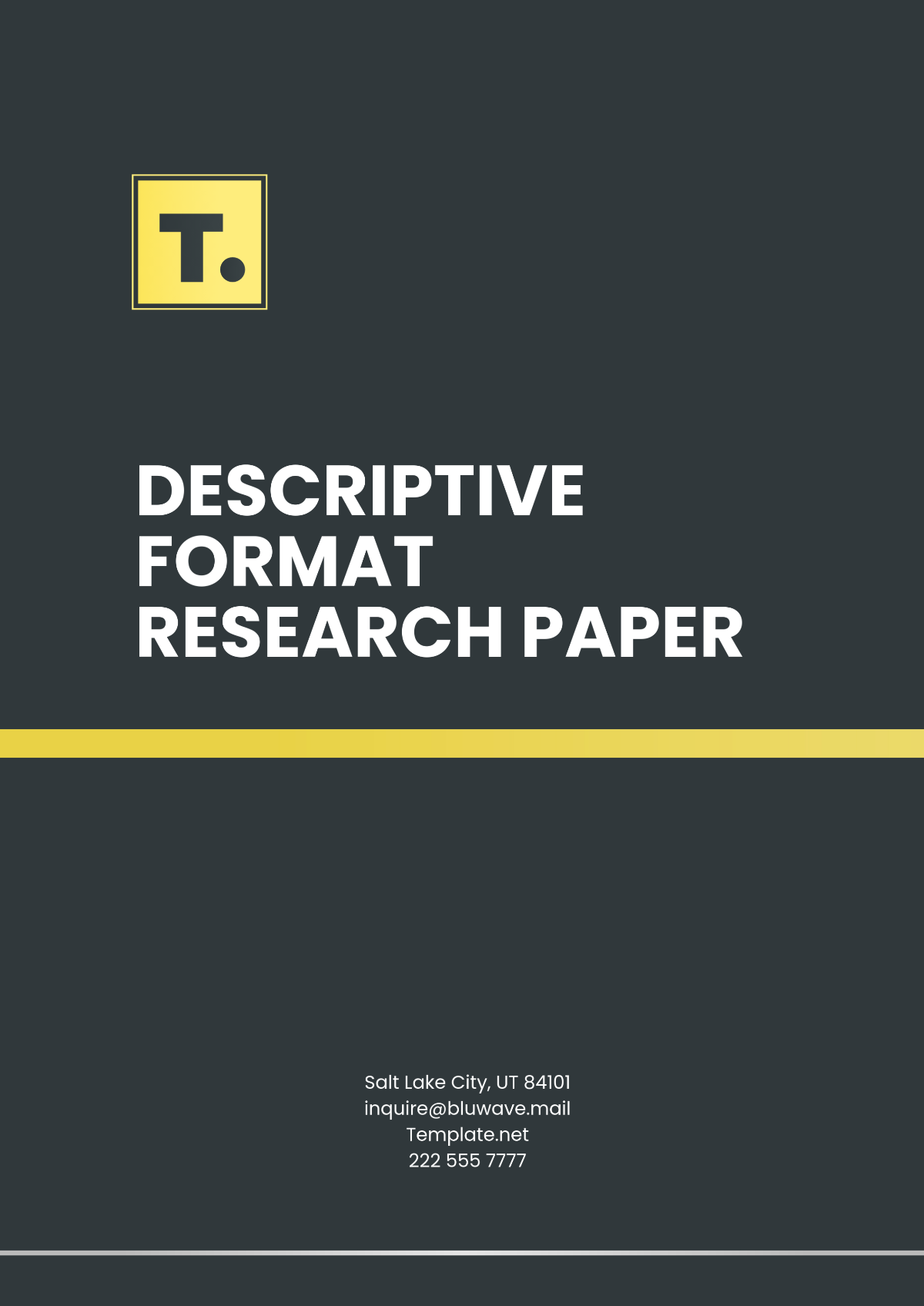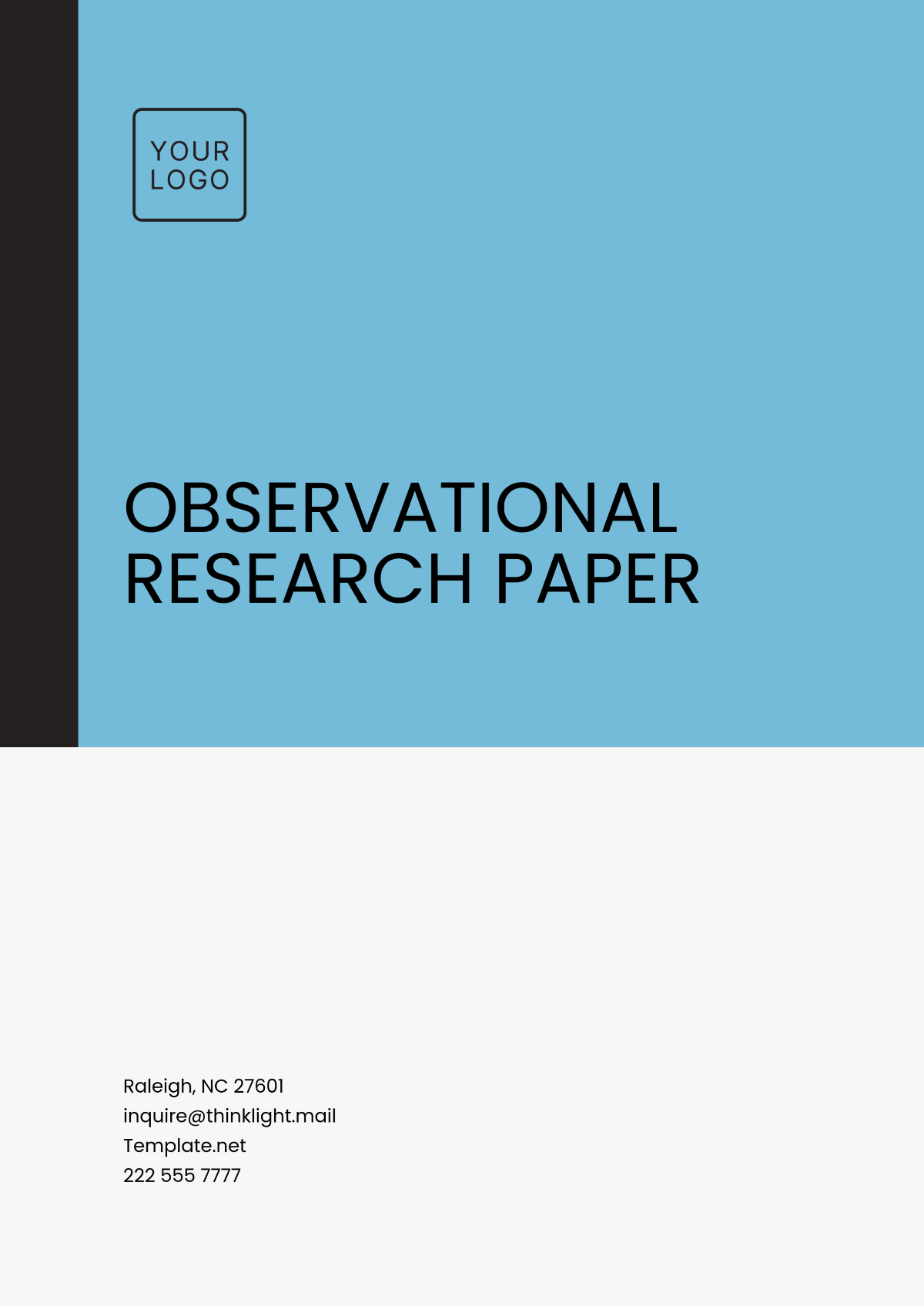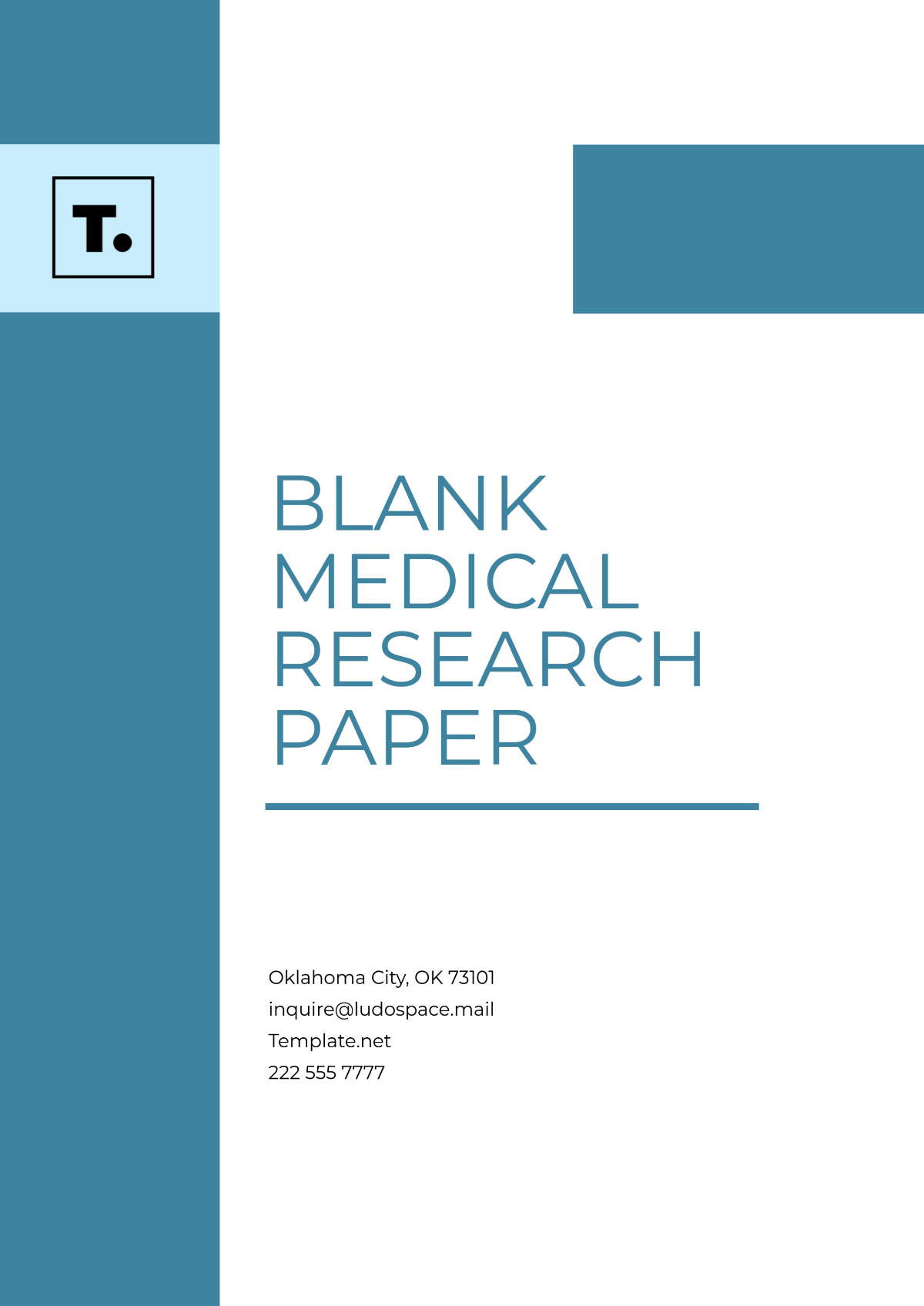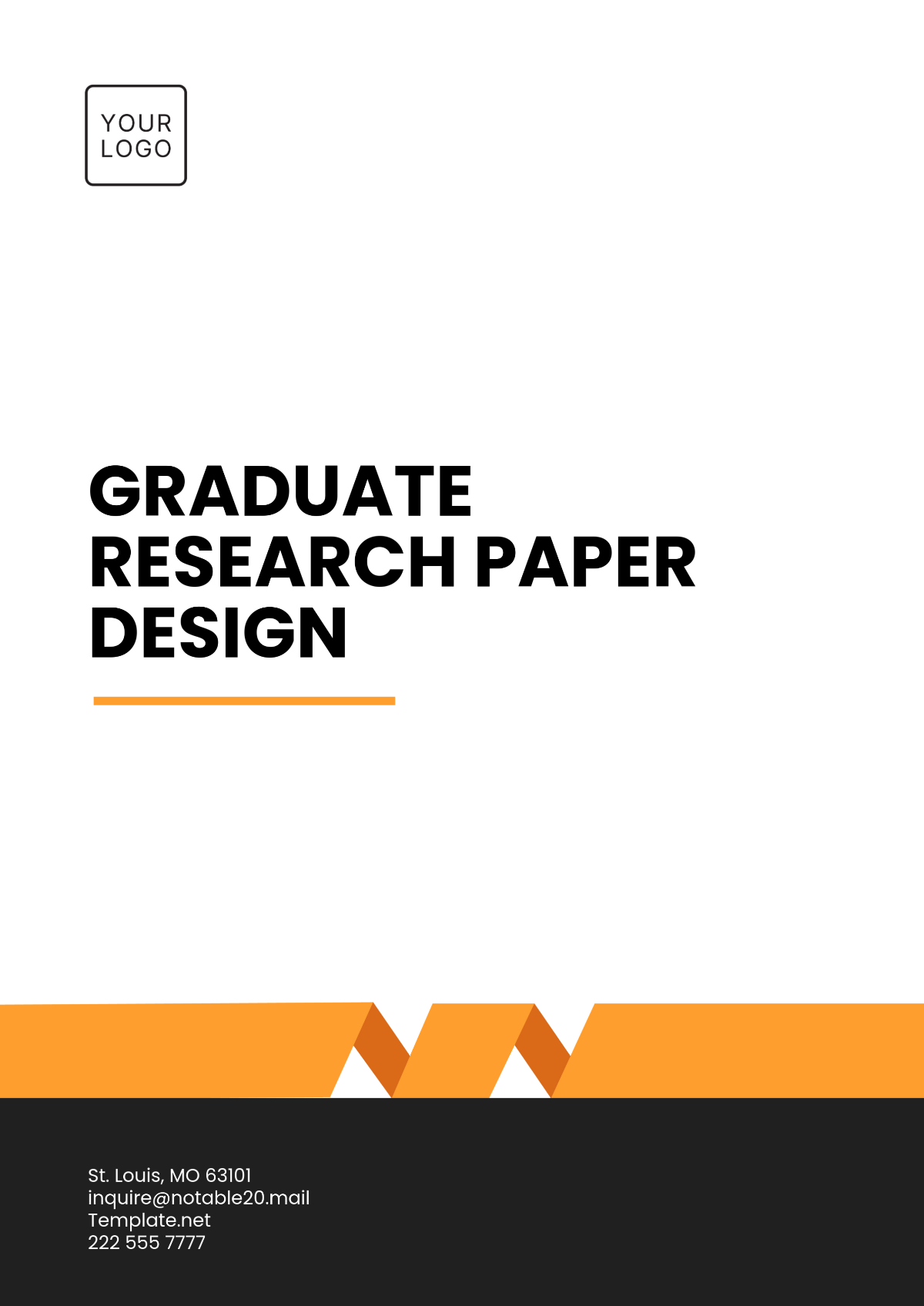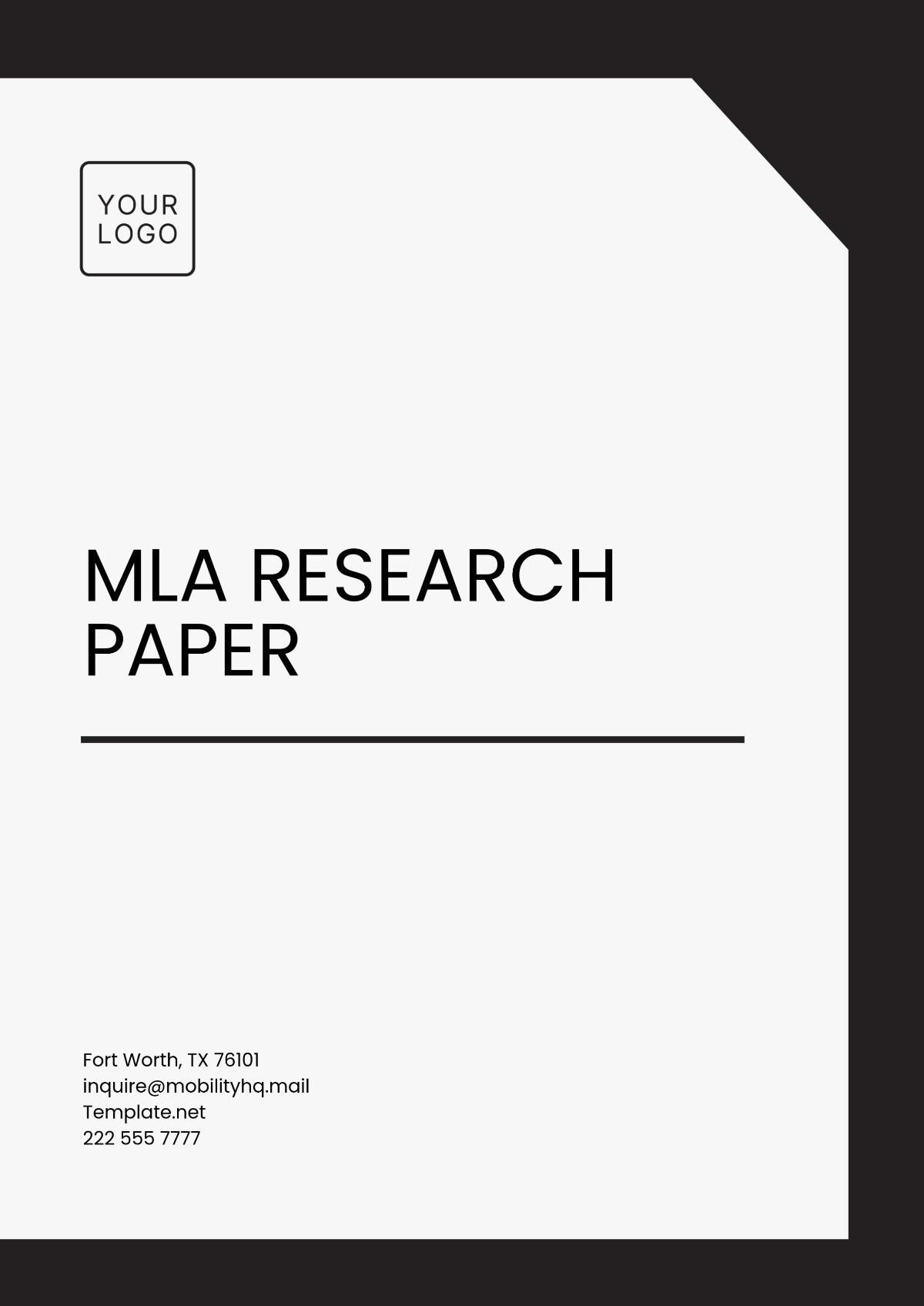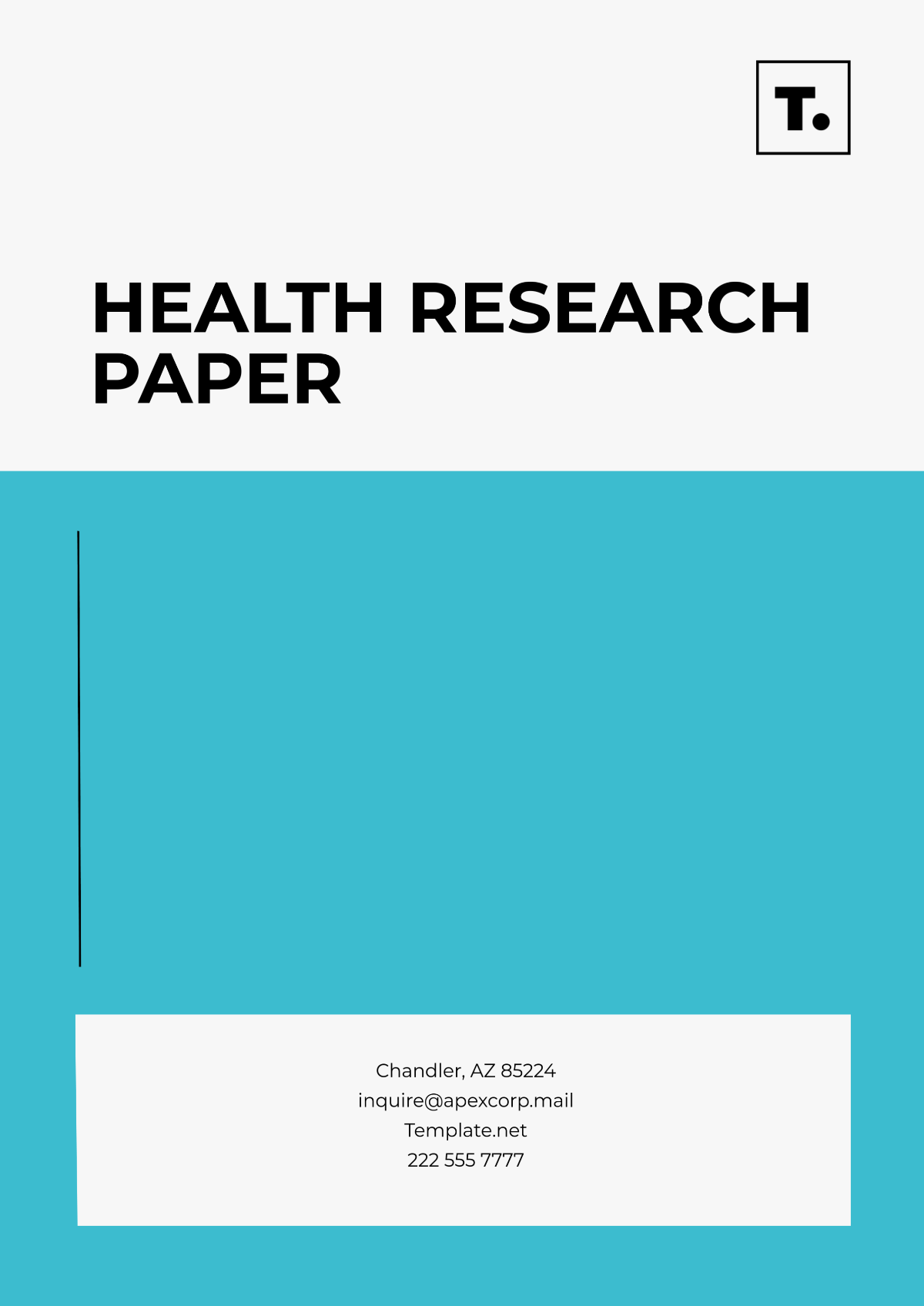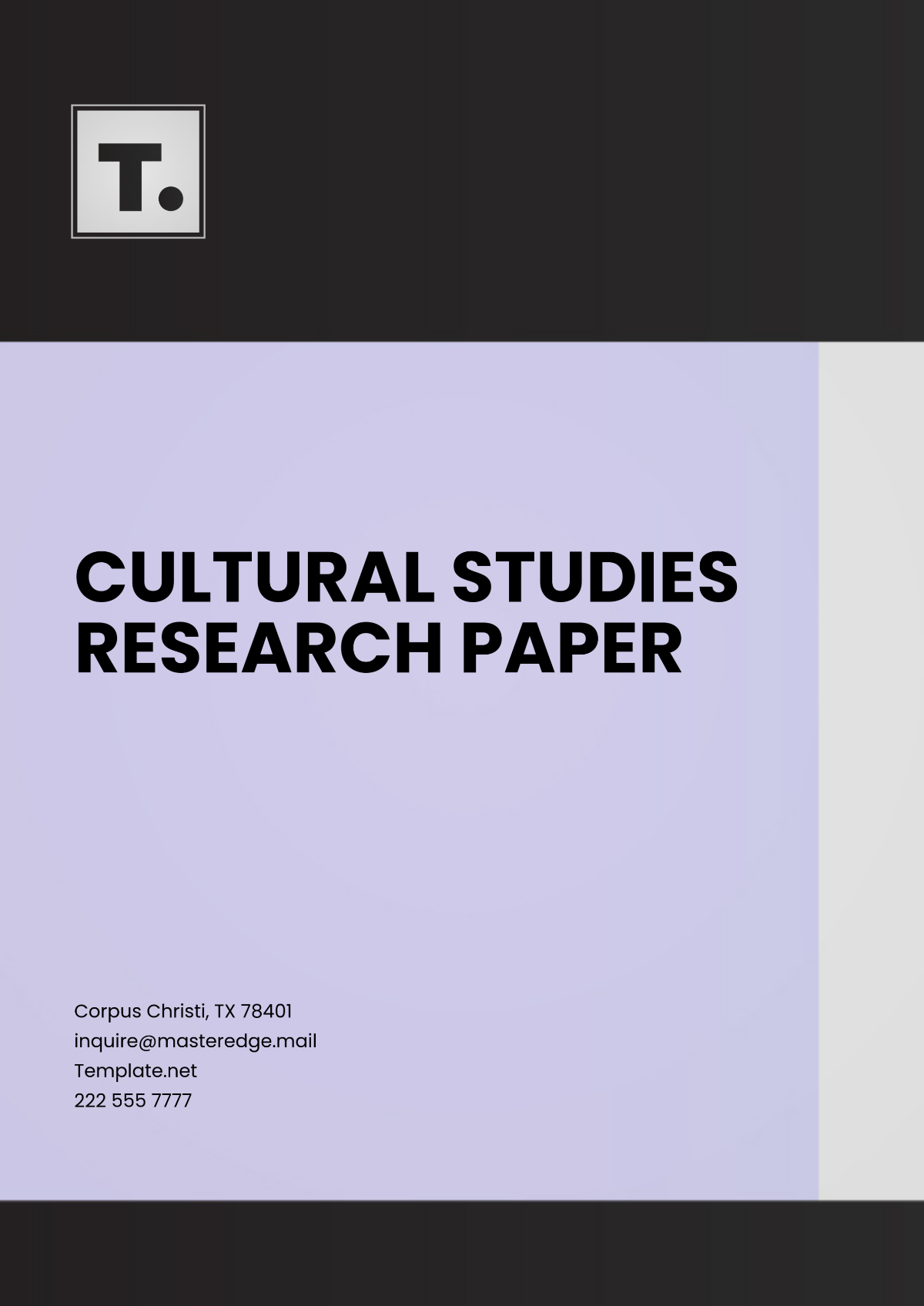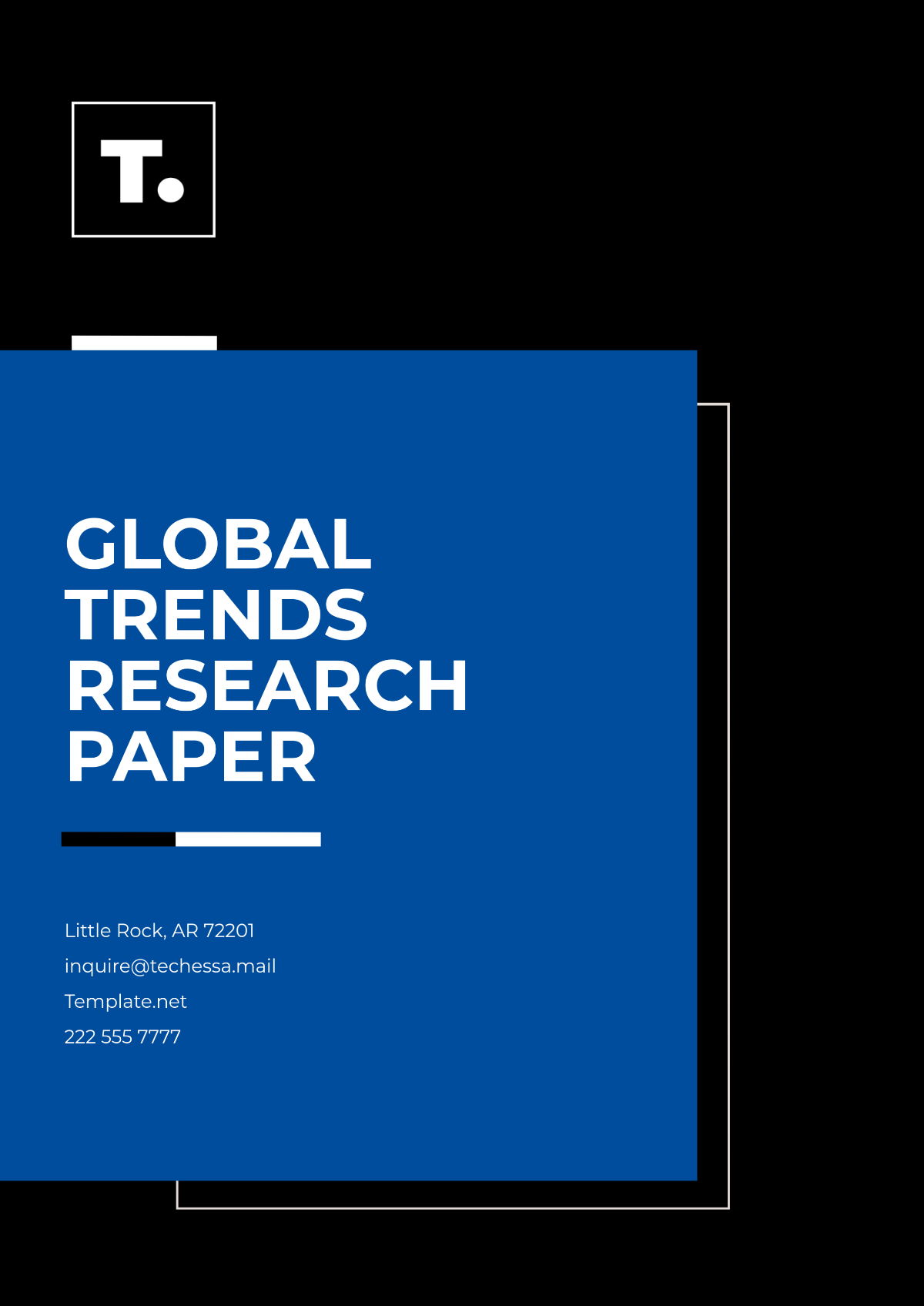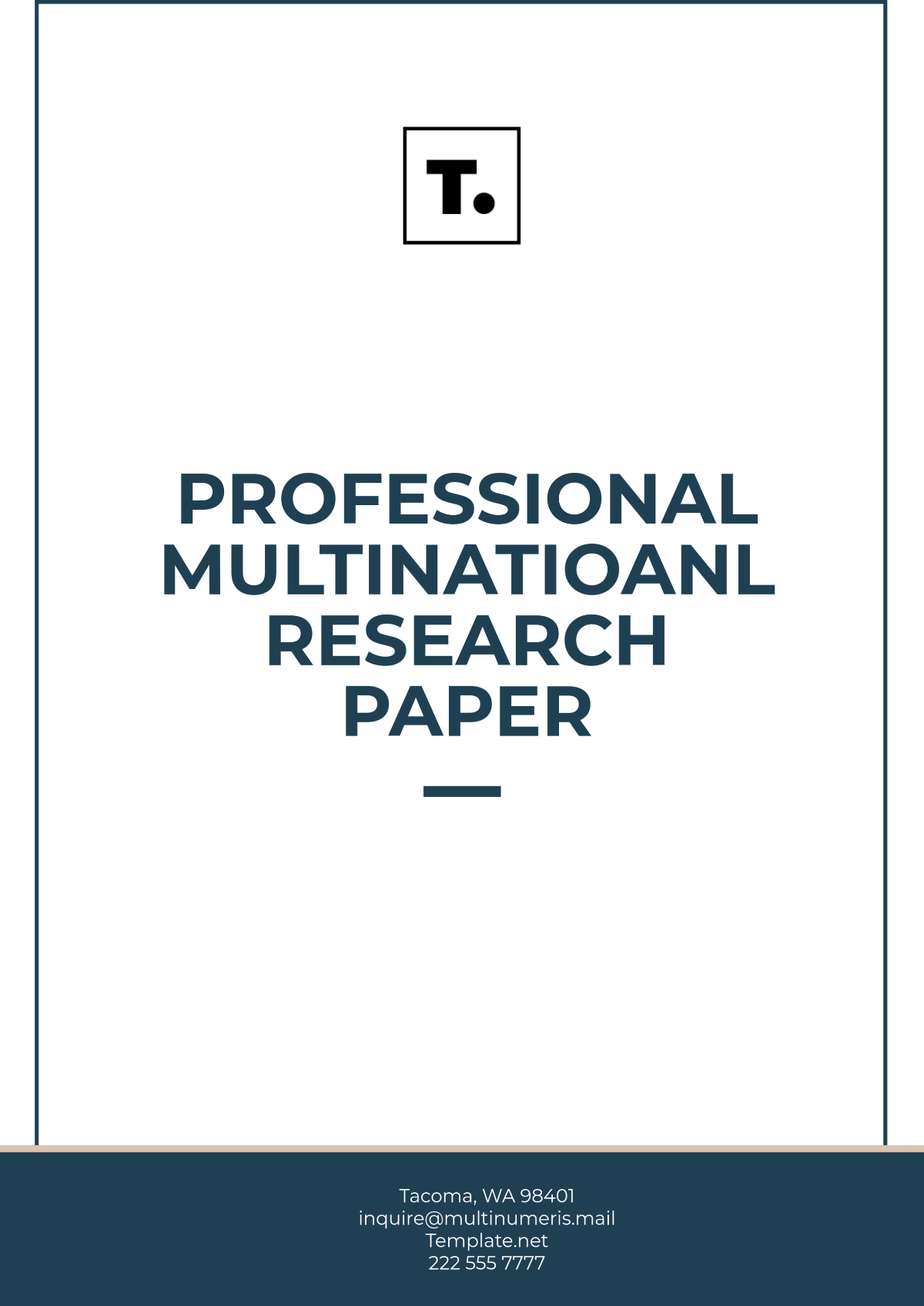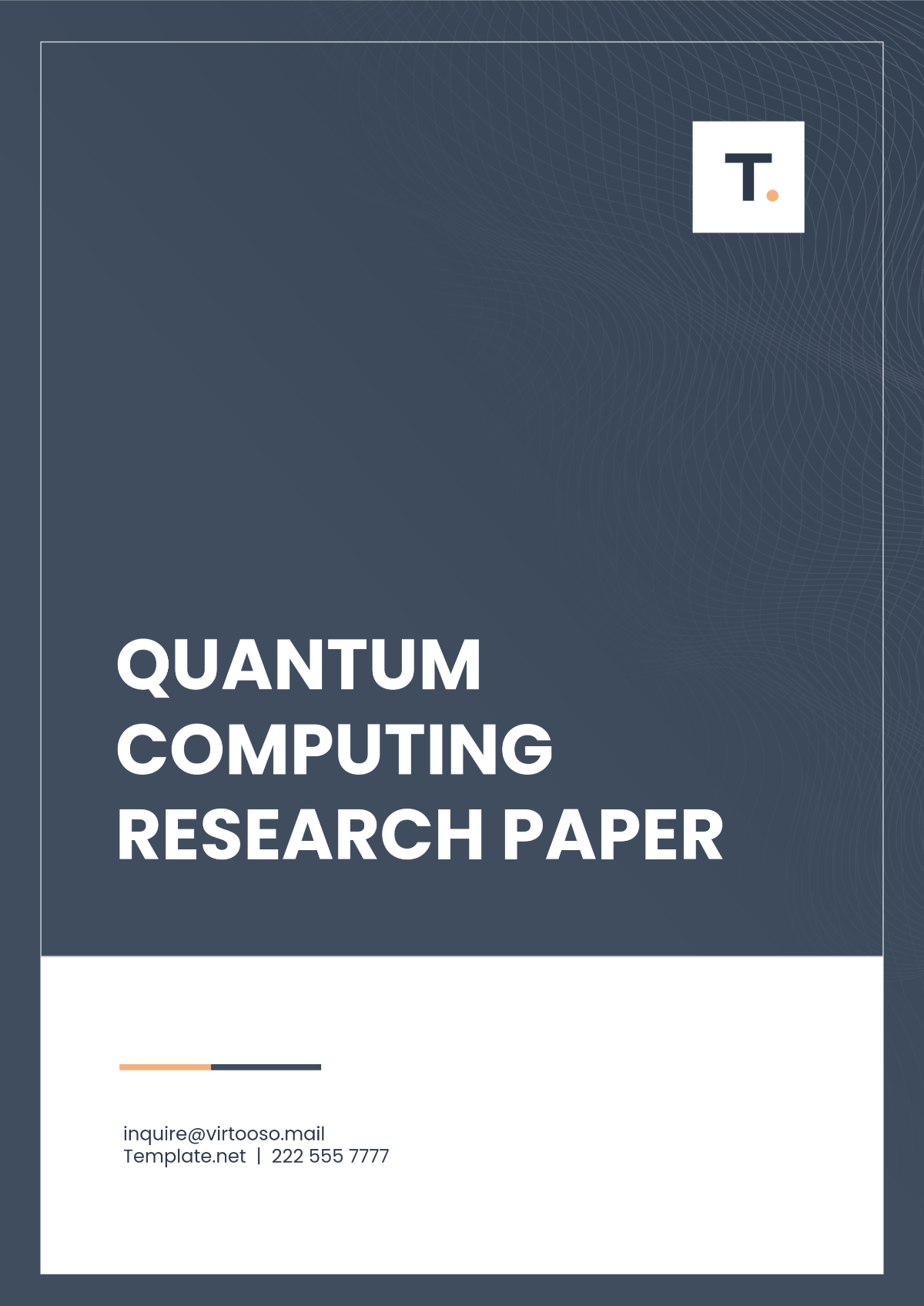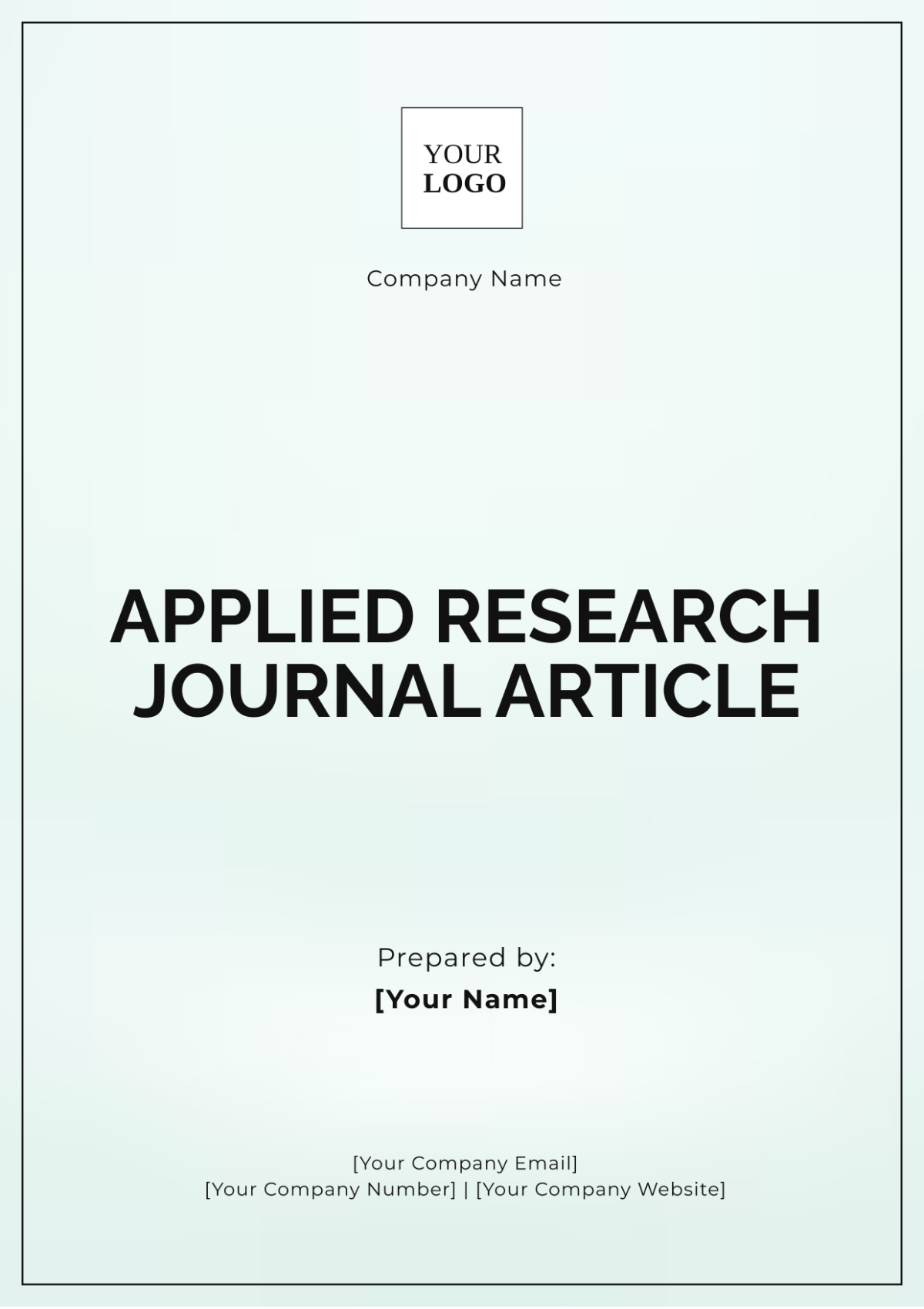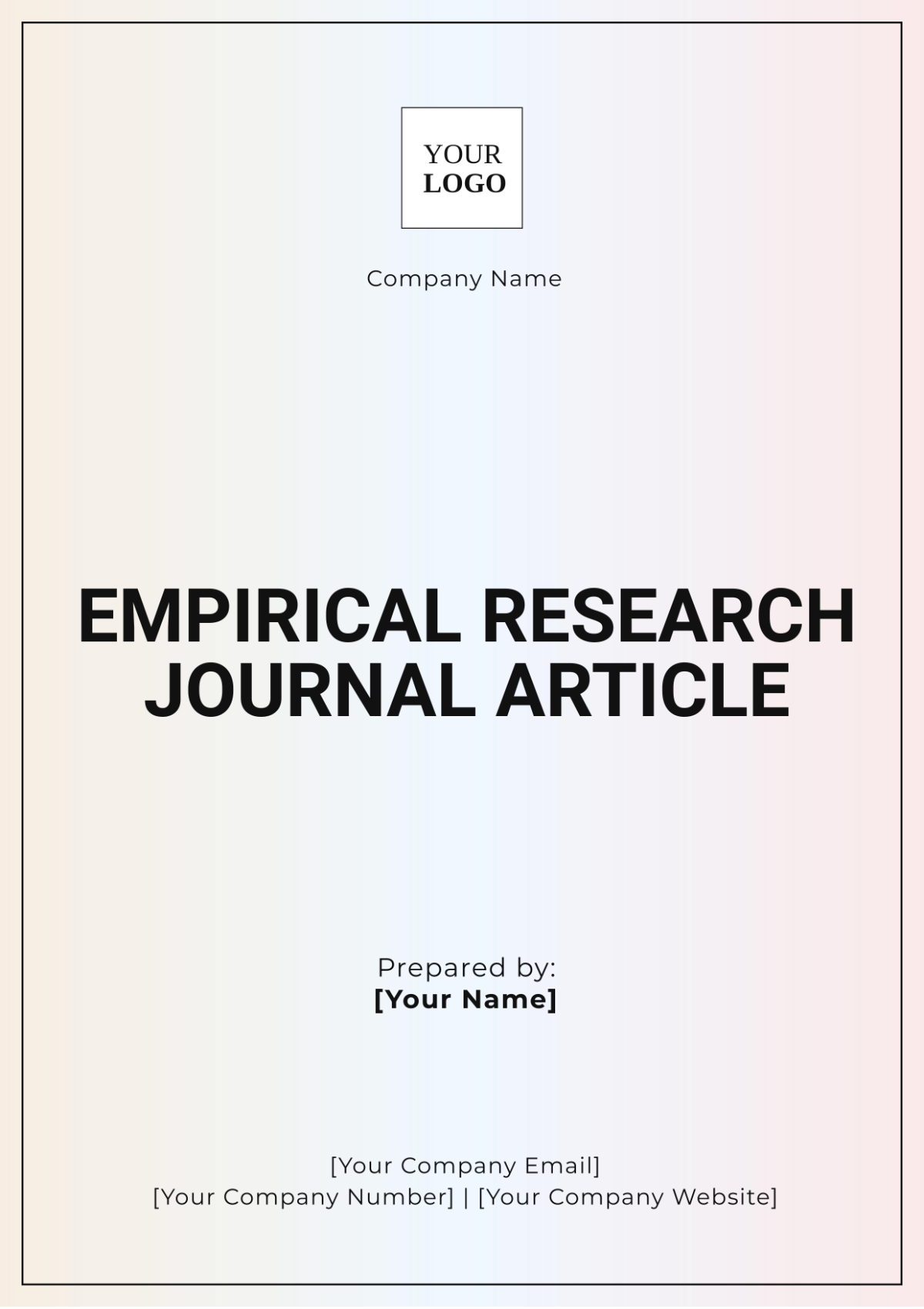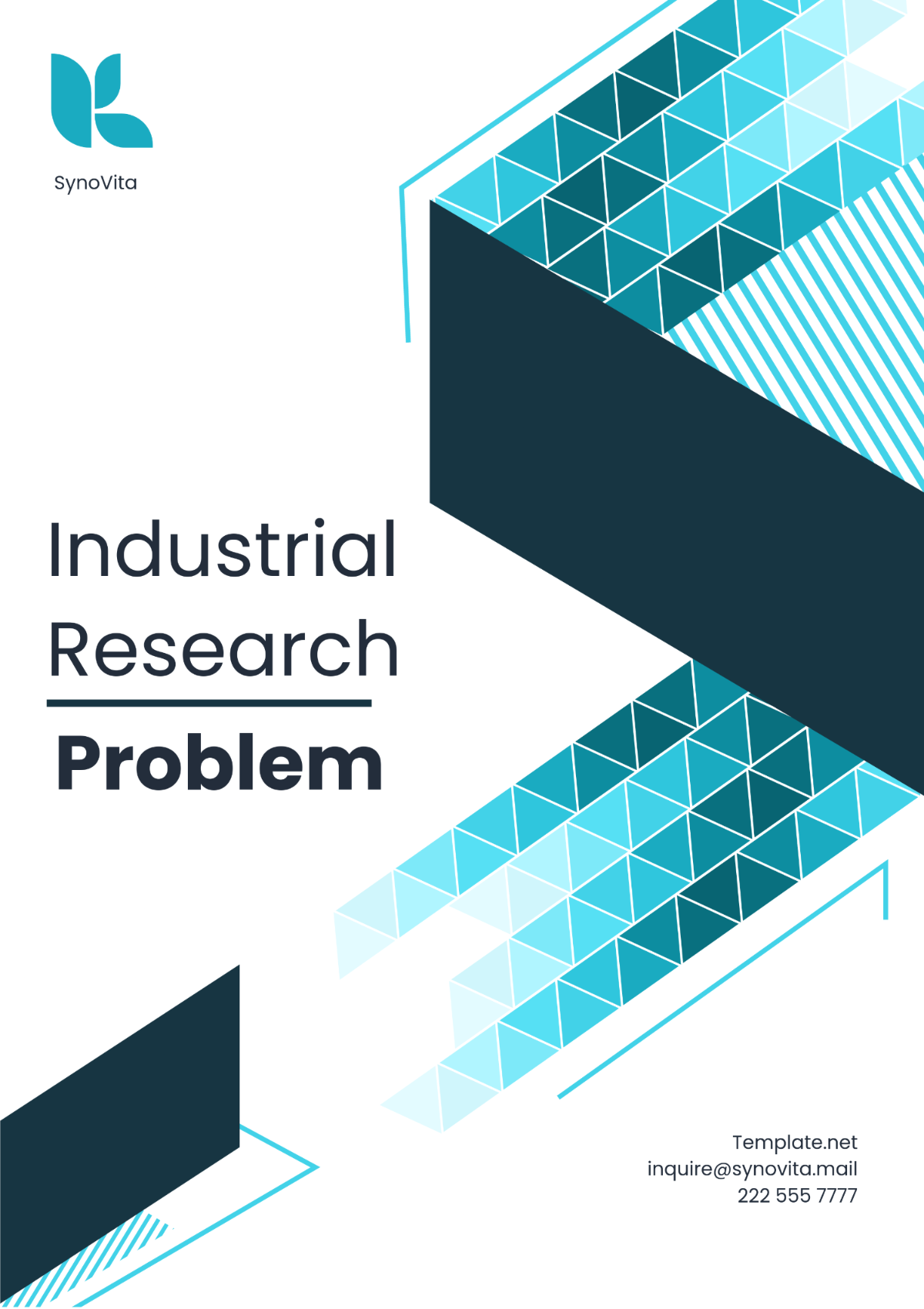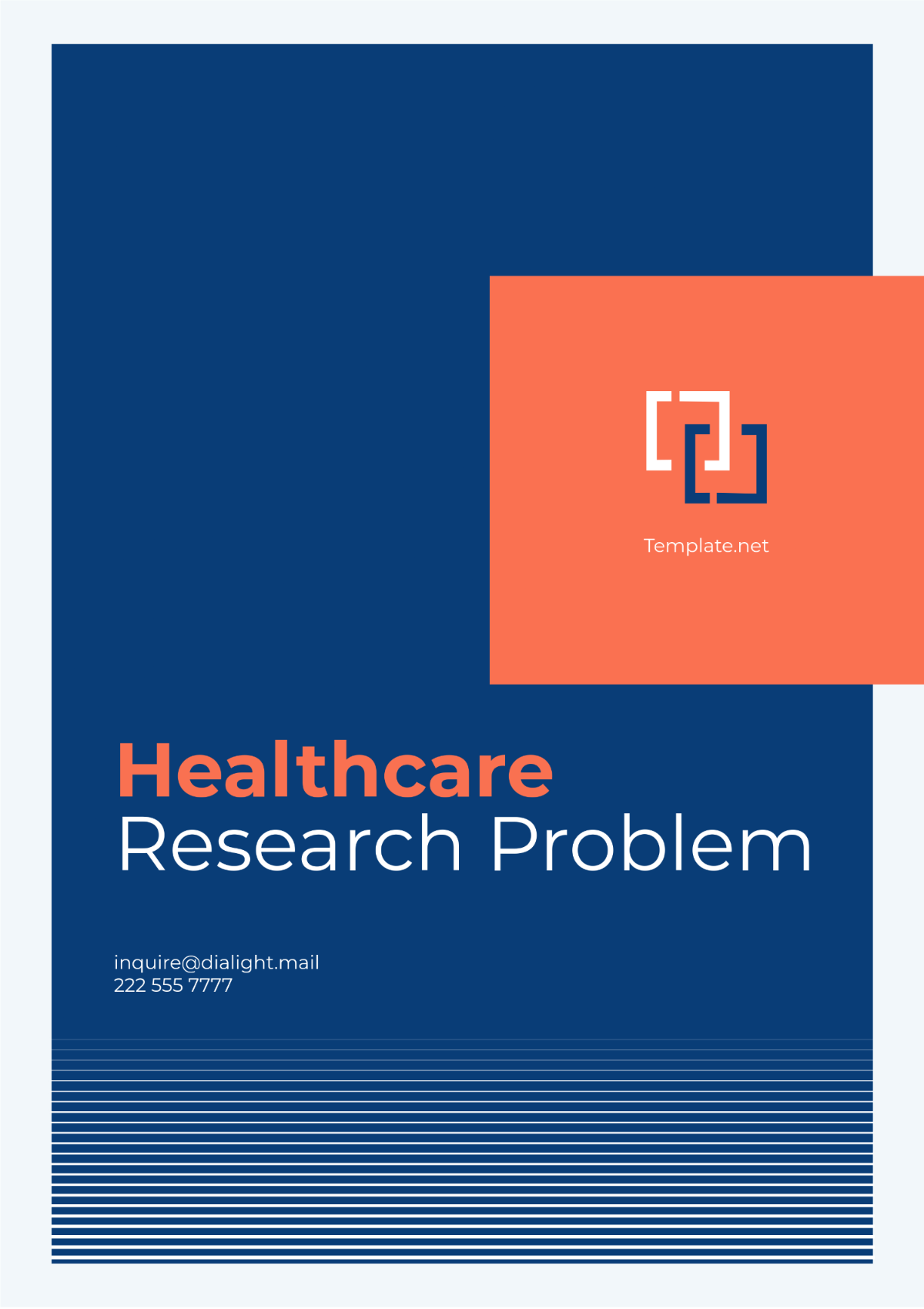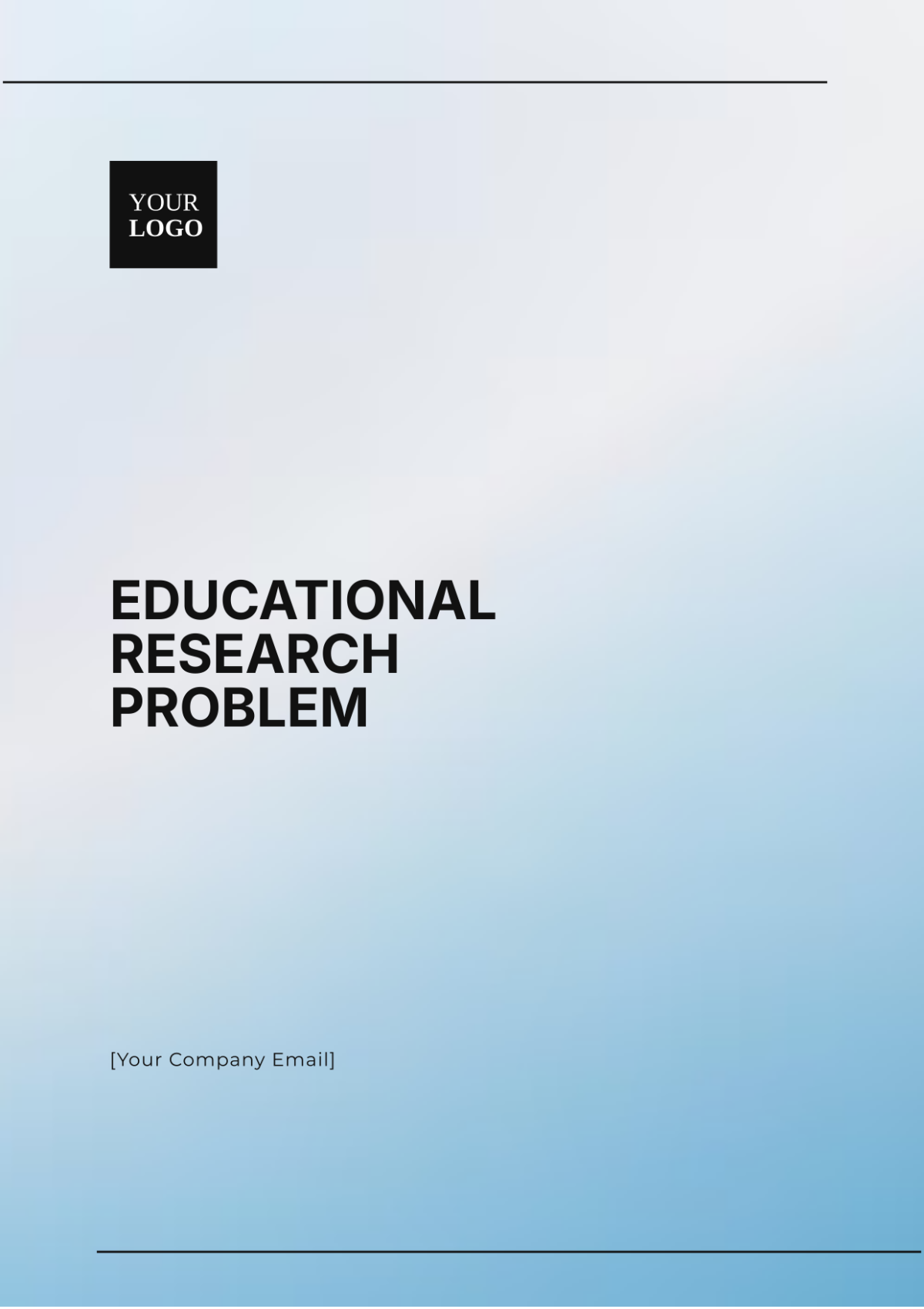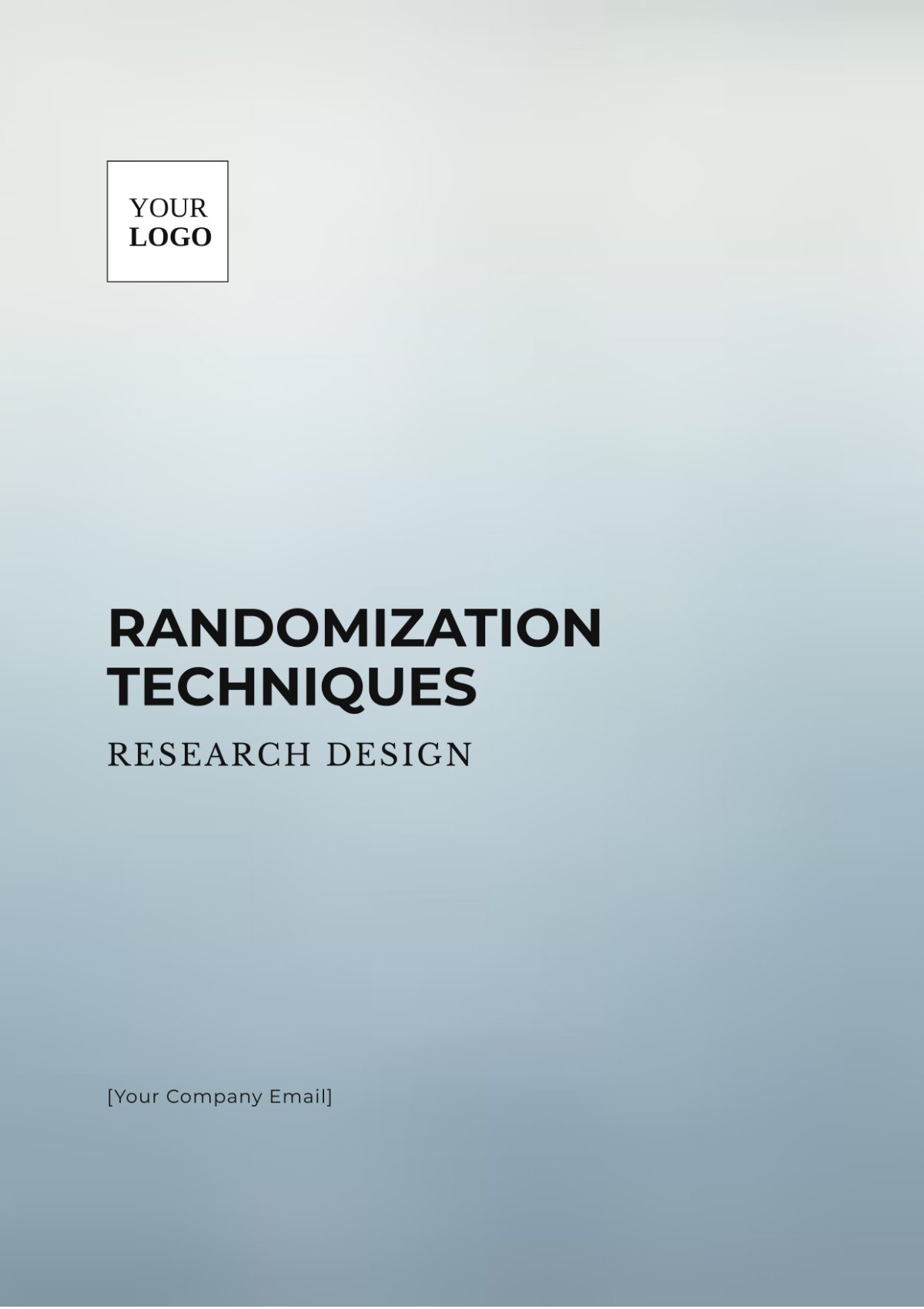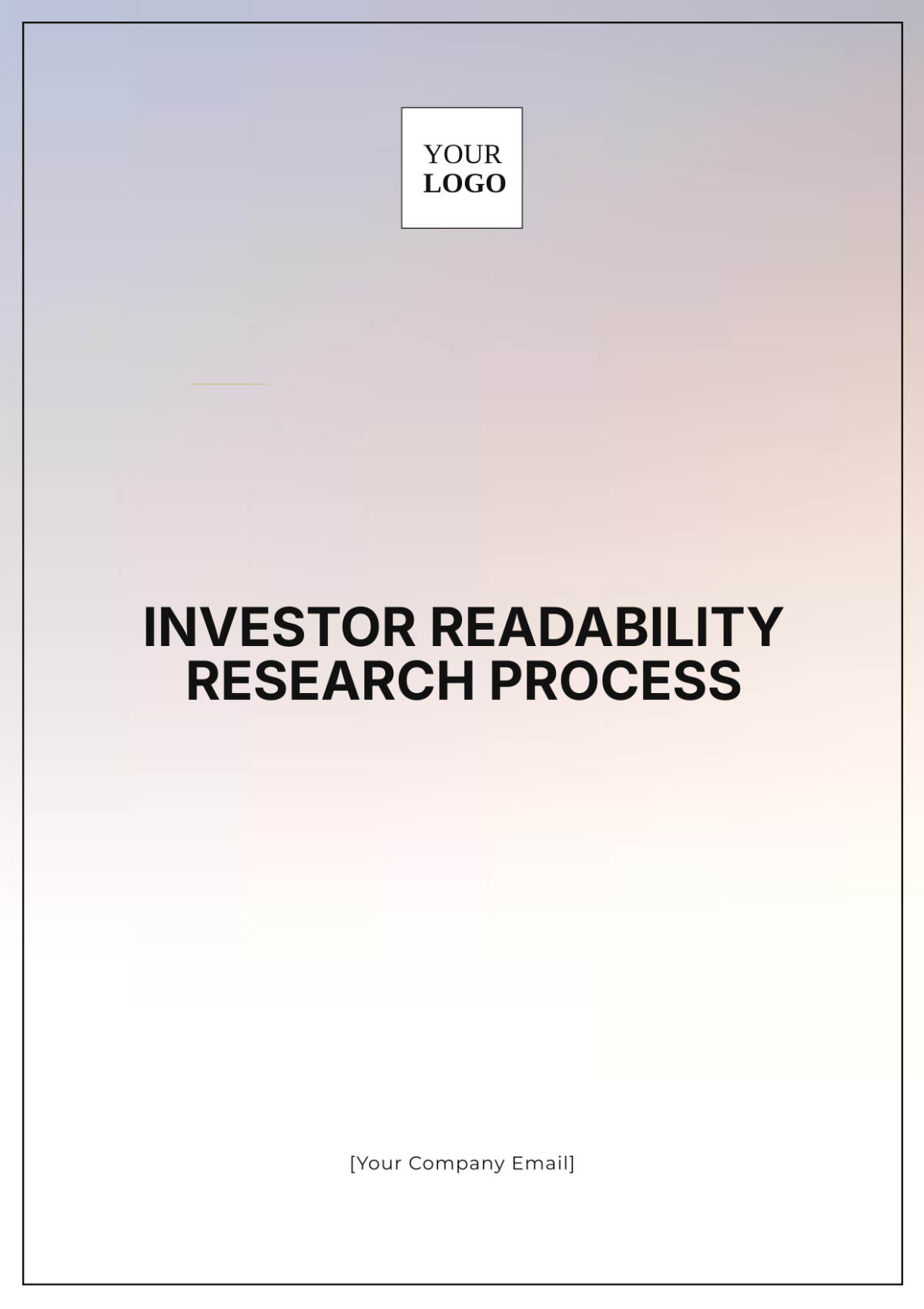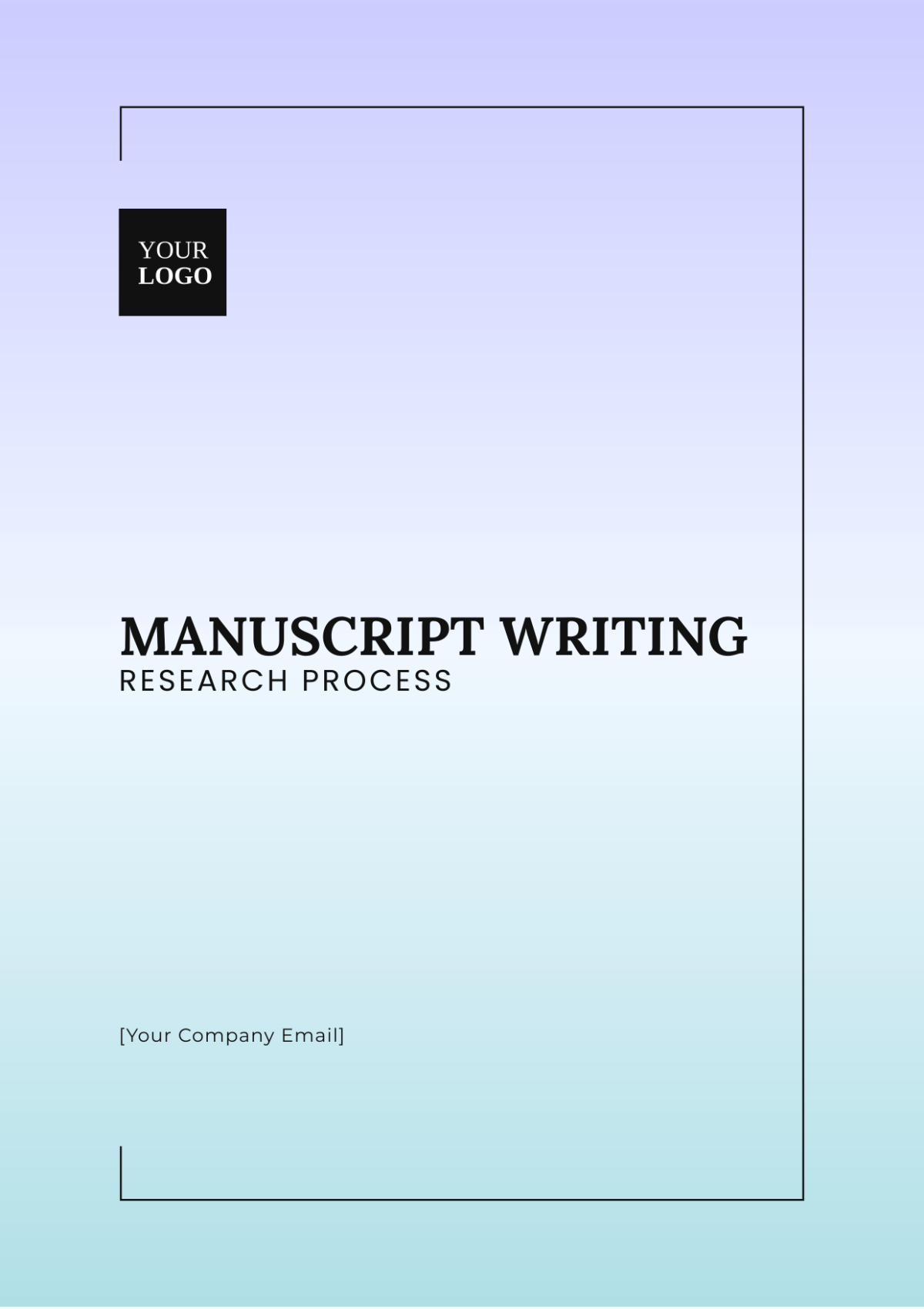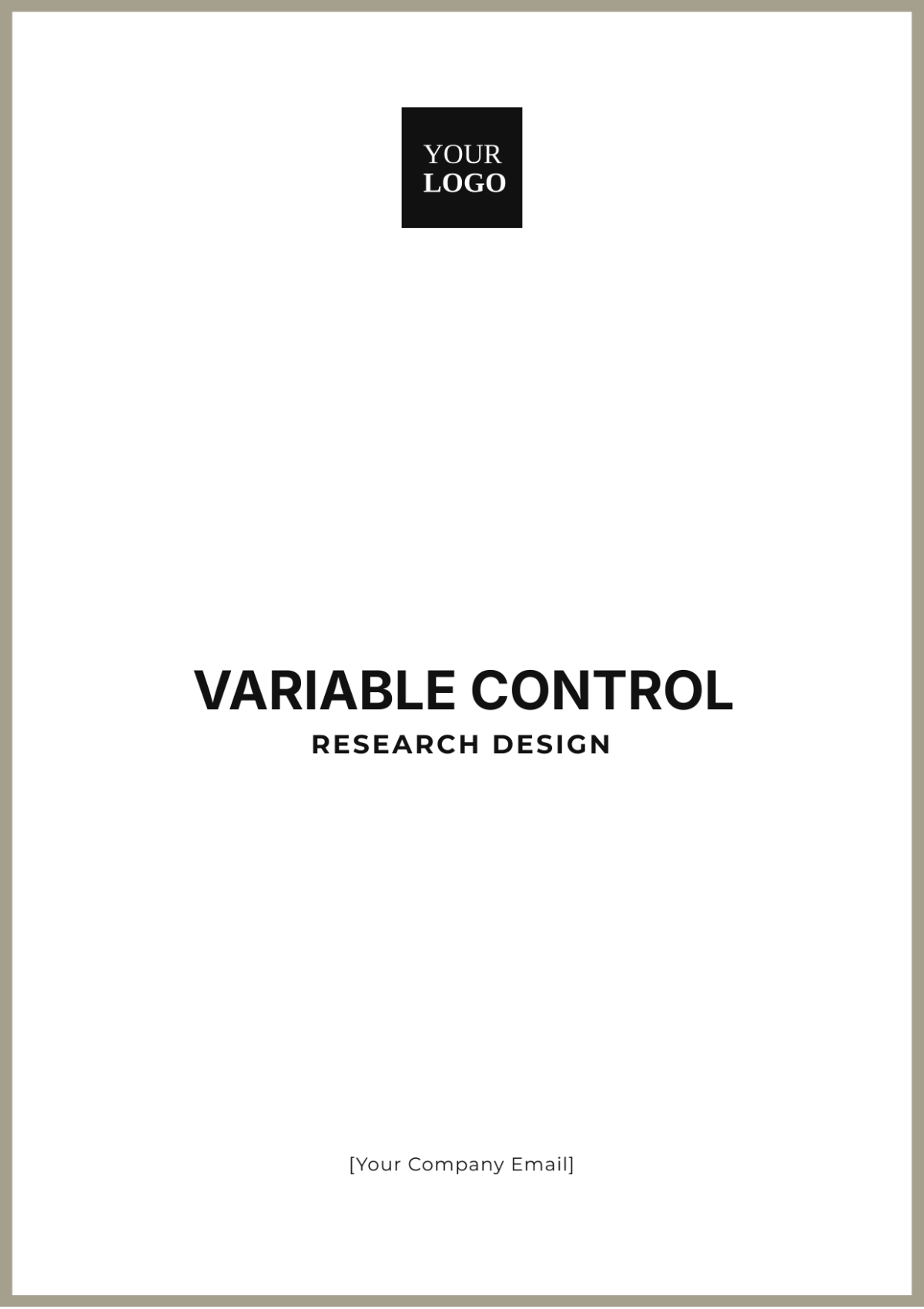Research Process for Conclusion Structuring
Prepared by: [YOUR NAME]
Date: [DATE]
The research process for conclusion structuring is a framework designed to help organize and present the findings and conclusions of a research study systematically. It guides the researcher in summarizing data, drawing insights, and articulating key takeaways effectively. This comprehensive framework ensures that the conclusions are coherent, impactful, and easily understandable by the audience. This article will delve into the various aspects of this framework, providing a step-by-step guide to structuring the conclusions of a research study.
I. Introduction
The process of concluding a research study is as crucial as the research itself. This phase involves summarizing findings, interpreting data, and presenting key insights. Proper structuring ensures that the conclusions are meaningful and deliver value to the audience. The framework outlined here provides a systematic approach to achieving this goal.
II. Objective
The objective of the Research Process for Conclusion Structuring is to provide a systematic approach for organizing and presenting research findings in a clear and impactful manner. This process aims to:
Summarize Data Effectively: Consolidate and present key data points and findings in a concise format.
Generate Insightful Interpretations: Derive meaningful insights and implications from the summarized data.
Articulate Key Takeaways: Clearly communicate the main conclusions and their significance to the intended audience.
Enhance Coherence and Impact: Ensure that the conclusions are coherent, relevant, and impactful, thereby enhancing the overall value of the research study.
By following this structured approach, researchers can present their conclusions in a way that is both comprehensible and persuasive, ensuring that their findings have the desired influence on the audience.
III. Steps in the Conclusion Structuring Process
A. Data Summarization
The first step involves summarizing the data collected during the research. This includes:
Reviewing data points and results
Identifying patterns and trends
Highlighting significant findings
B. Insight Generation
After summarizing the data, the next step is to generate insights. This involves:
Interpreting the data in the context of the research question
Drawing correlations and making inferences
Identifying implications of the findings
C. Structuring Key Takeaways
The final step is to articulate the key takeaways in a structured format. This includes:
Organizing findings in a logical sequence
Summarizing key points in concise statements
Ensuring clarity and coherence
IV. Conclusion Template
To facilitate the process, a template can be utilized. The template includes:
Section | Content |
|---|---|
Introduction | A brief overview of the research question and objectives |
Summary of Findings | Consolidated summary of data points, trends, and significant findings |
Interpretation of Data | Insights generated from the findings, including implications and inferences |
Key Takeaways | Concise articulation of the main conclusions drawn from the research |
Final Remarks | Summary statement emphasizing the importance and impact of the research |
V. Best Practices
The following best practices can enhance the effectiveness of the conclusion structuring process:
Ensure alignment with research objectives
Maintain objectivity and avoid bias
Provide context for the findings
Use clear and concise language
Incorporate visual aids if necessary to represent data
VI. Conclusion
Structuring the conclusions of a research study systematically is pivotal for delivering meaningful insights to the audience. The Research Process for Conclusion Structuring framework provides a structured approach for summarizing data, generating insights, and articulating key takeaways effectively. By following this framework, researchers can ensure their findings are communicated clearly and have the desired impact.
VII. References
Example references, formatted in APA style:
Smith, J. A. (2050). Research Methodologies. Journal of Research, 34(2), 123-145.
Johnson, R. B., & Christensen, L. (2051). Educational Research: Quantitative, Qualitative, and Mixed Approaches (6th ed.). SAGE Publications.
